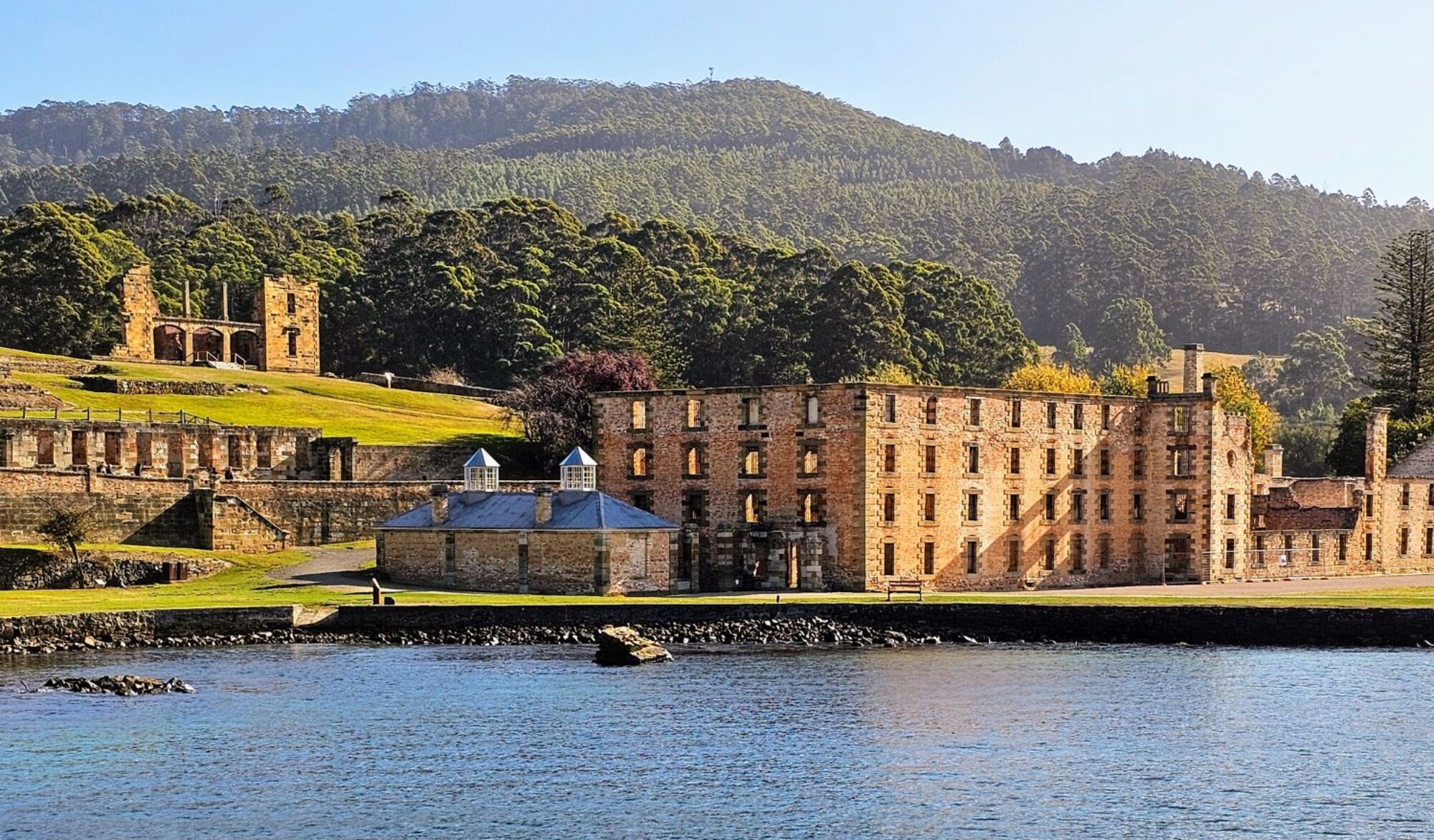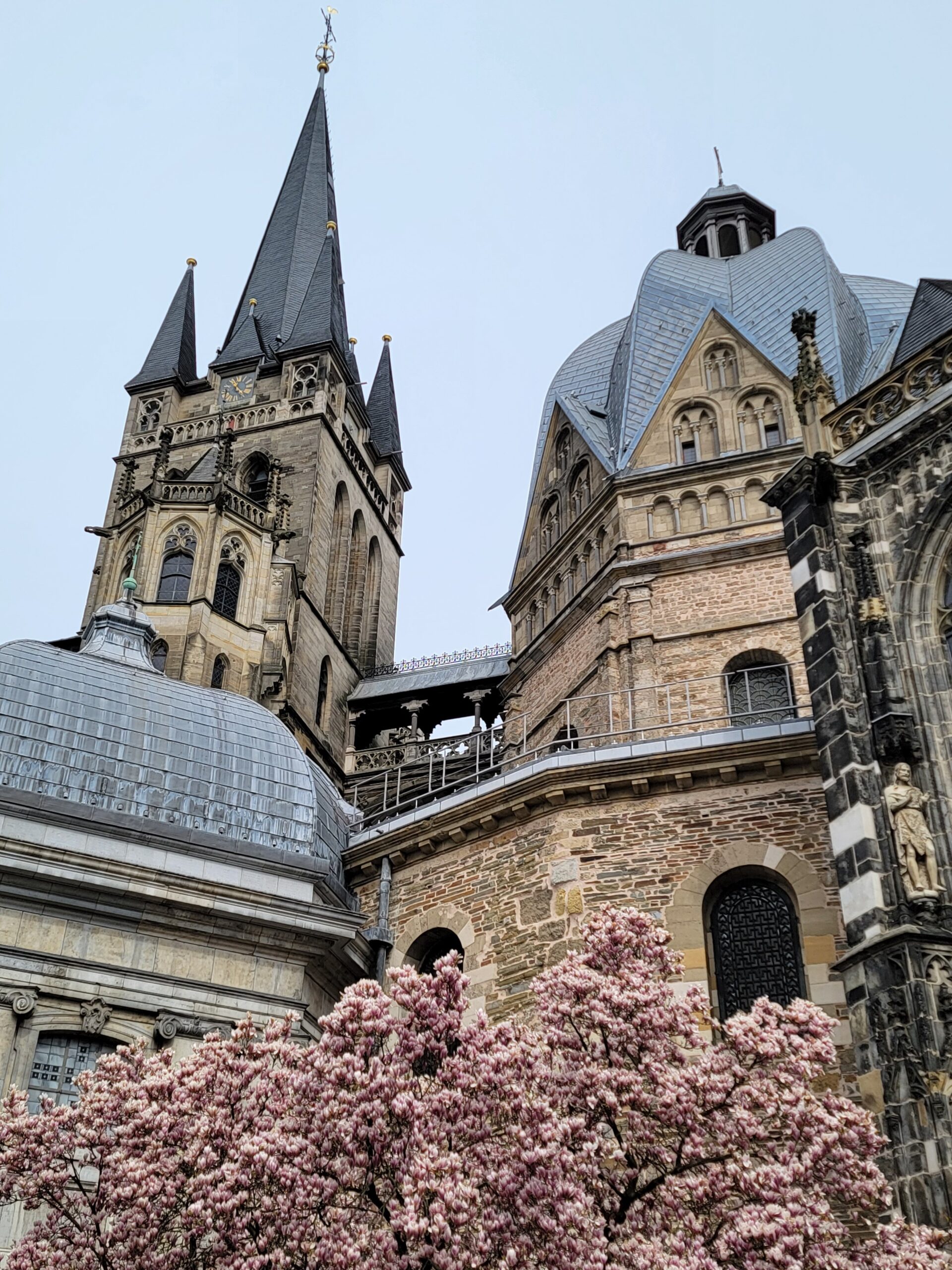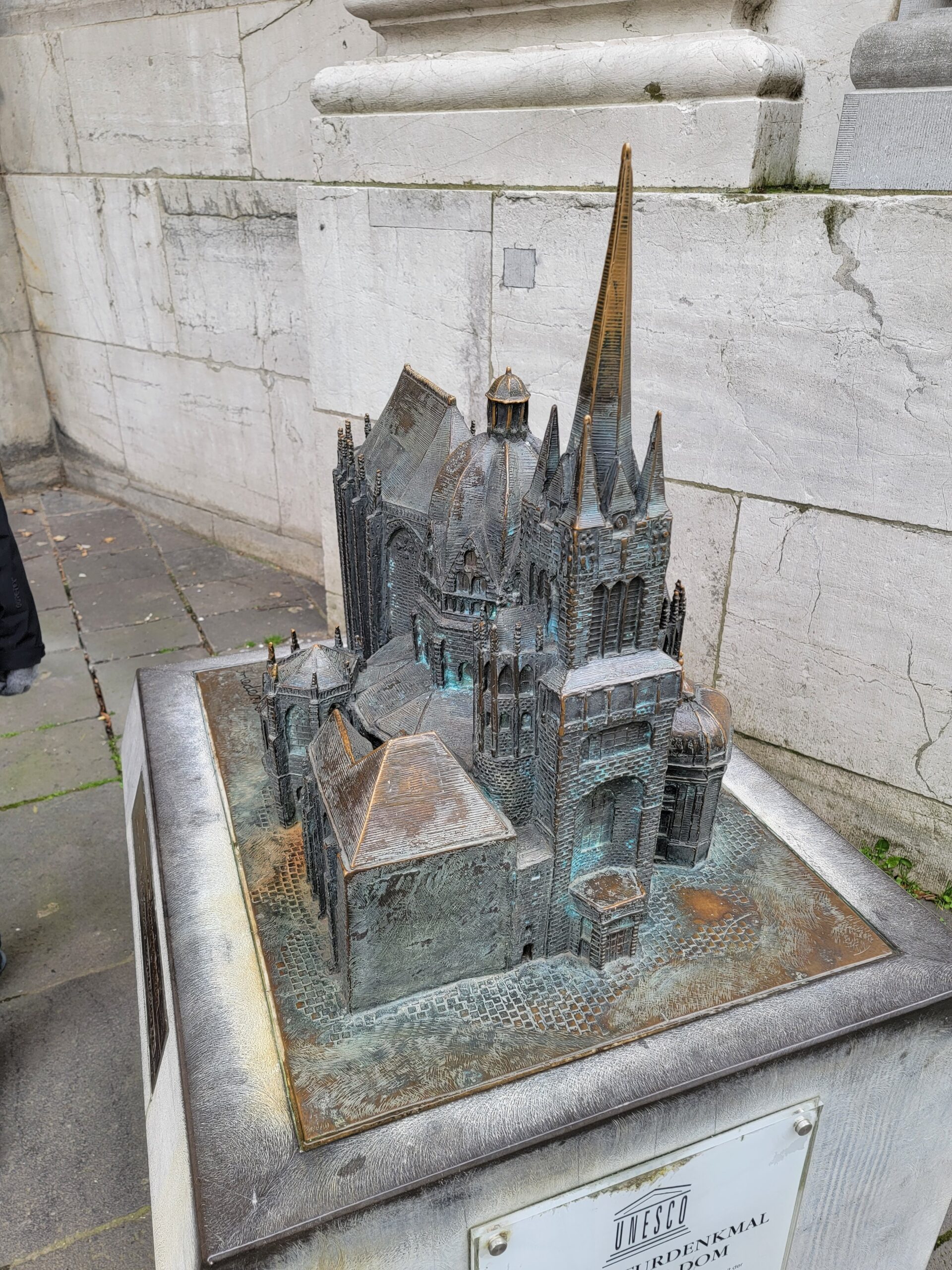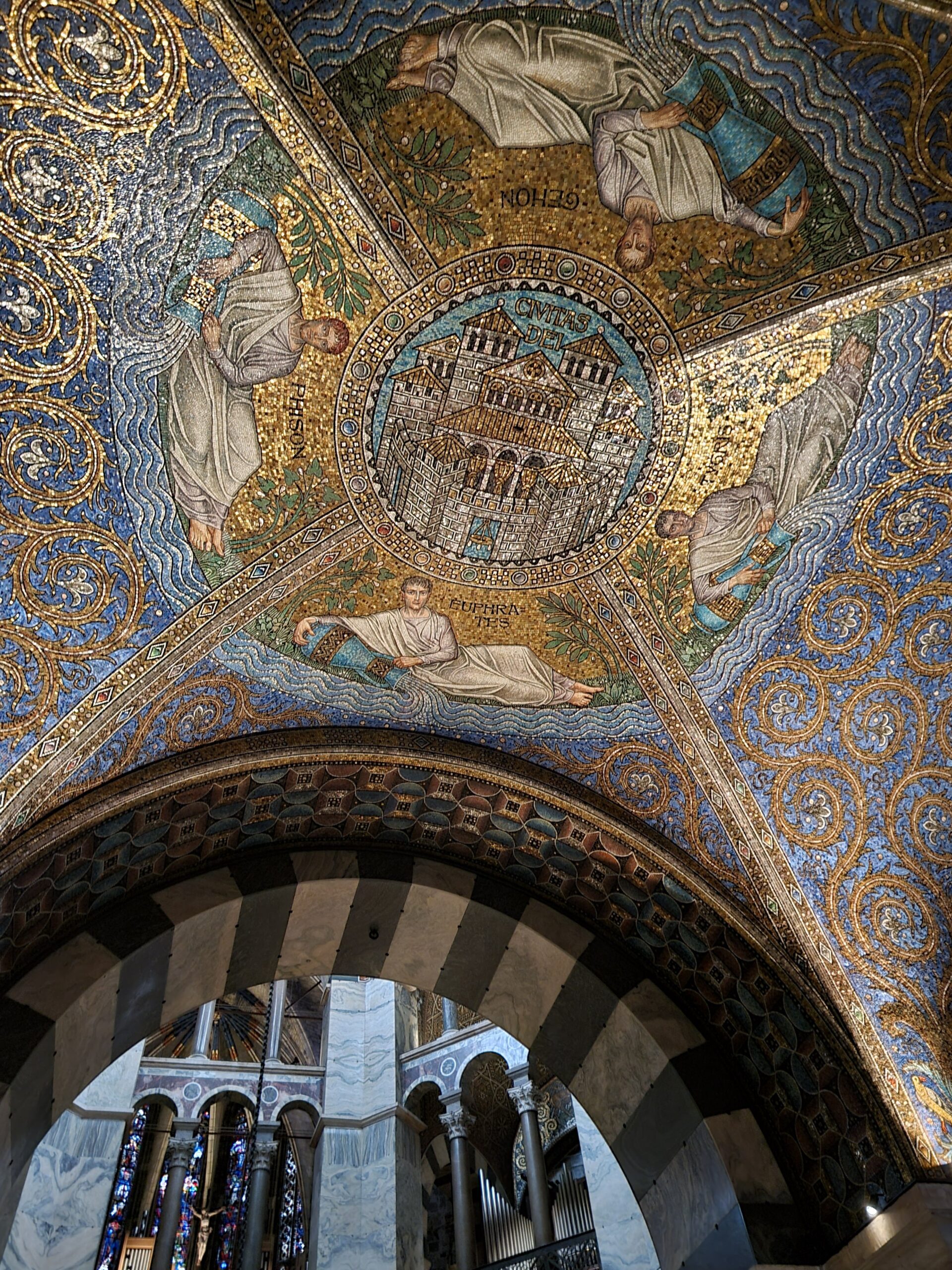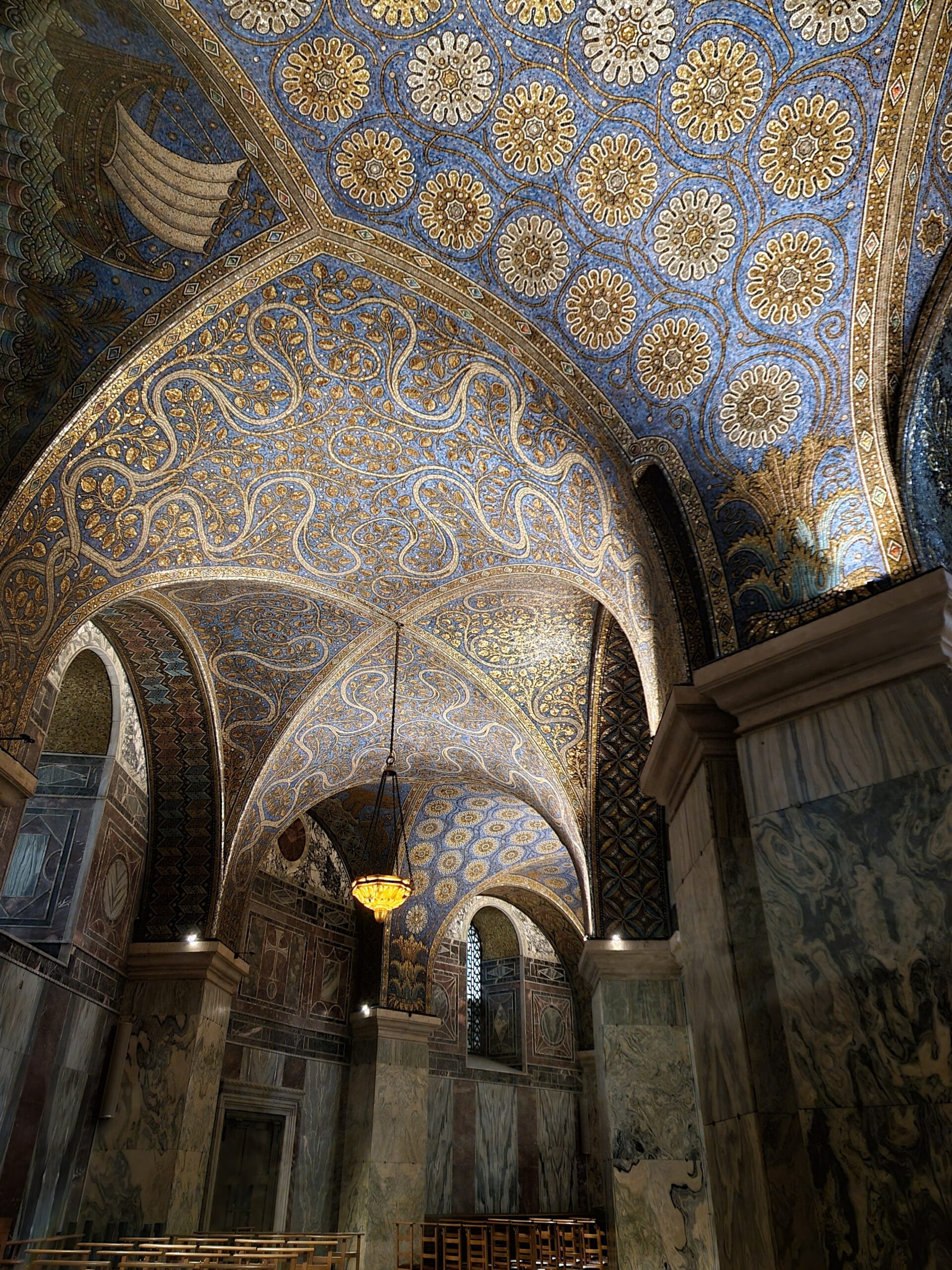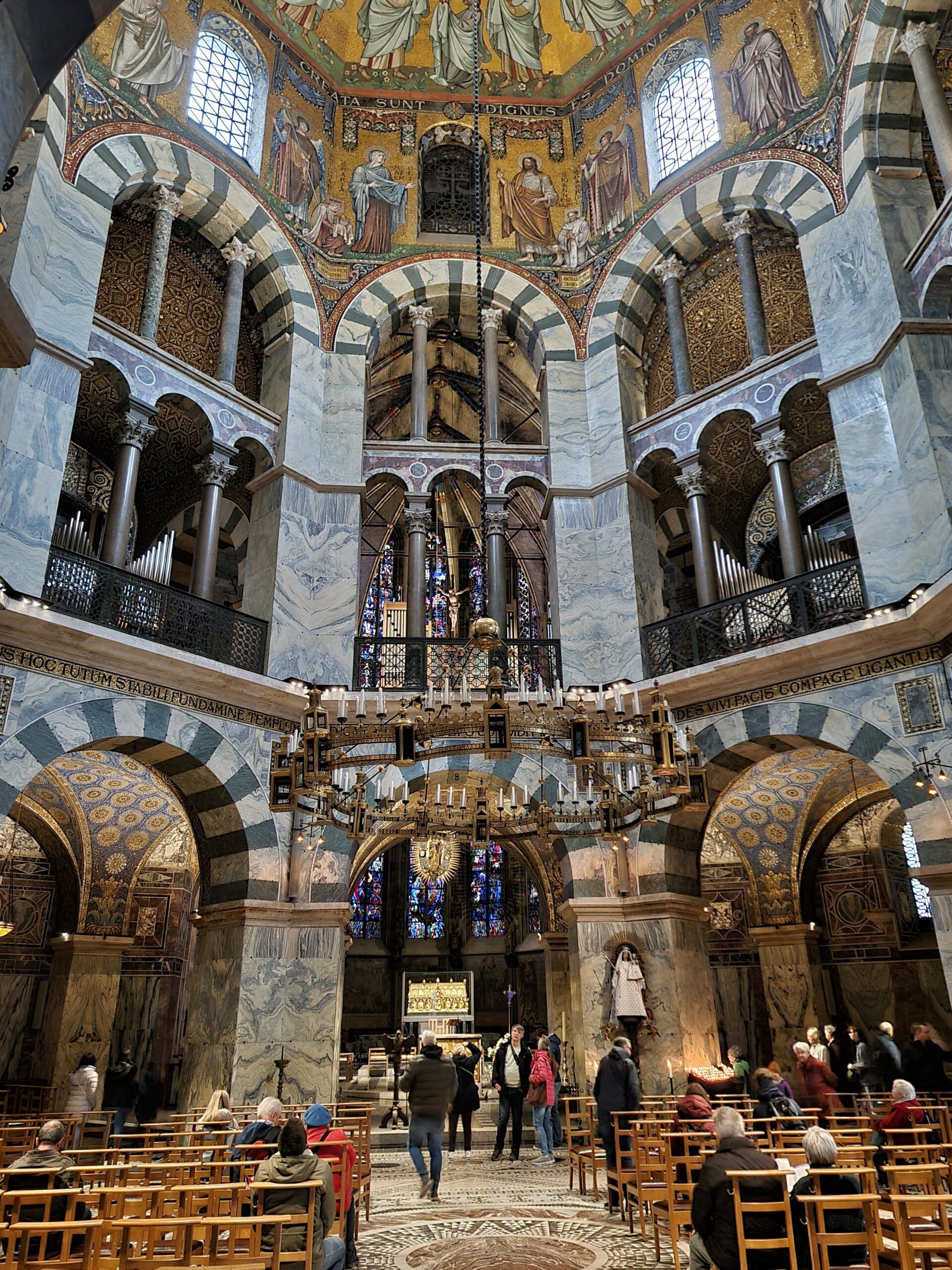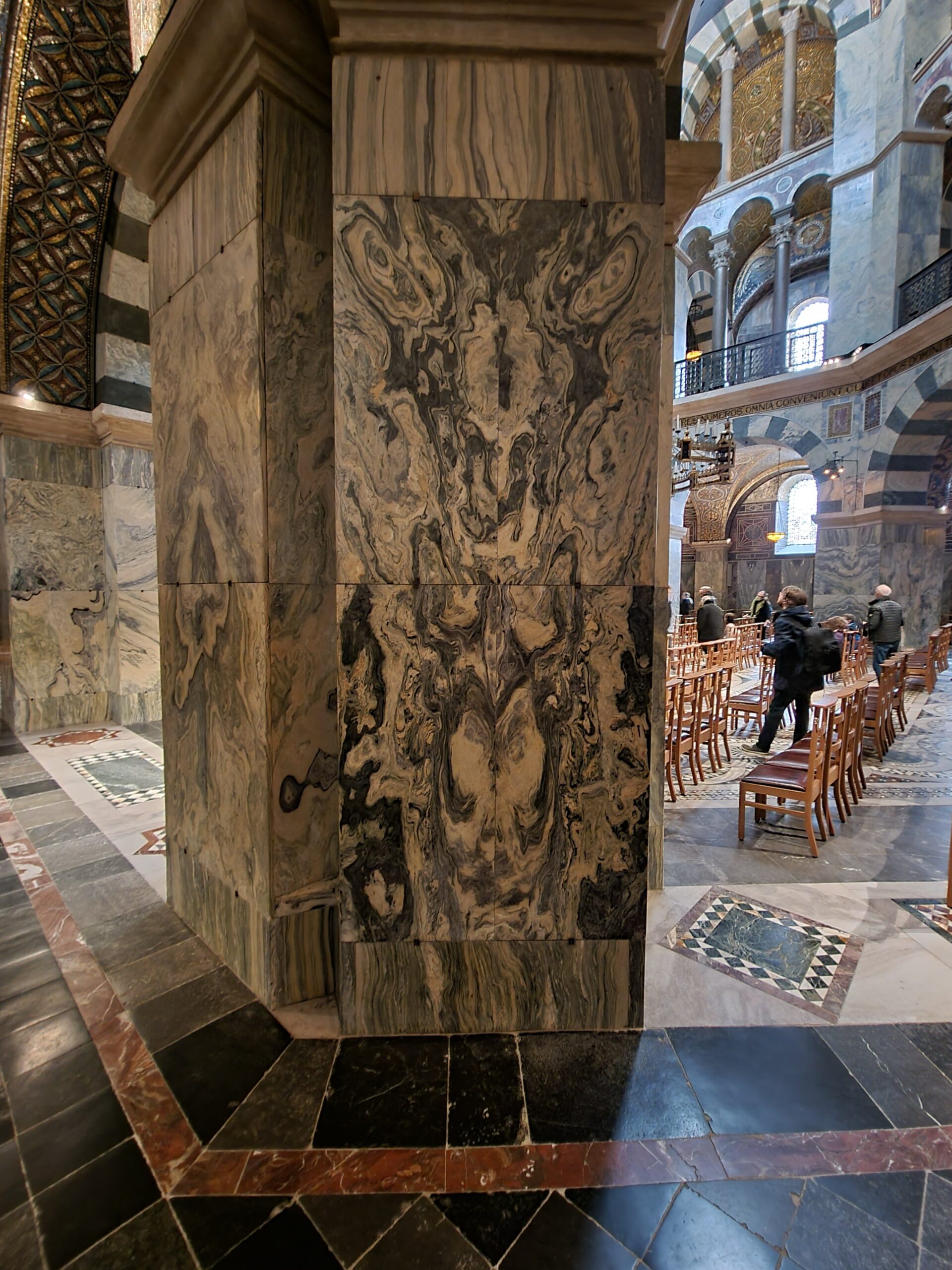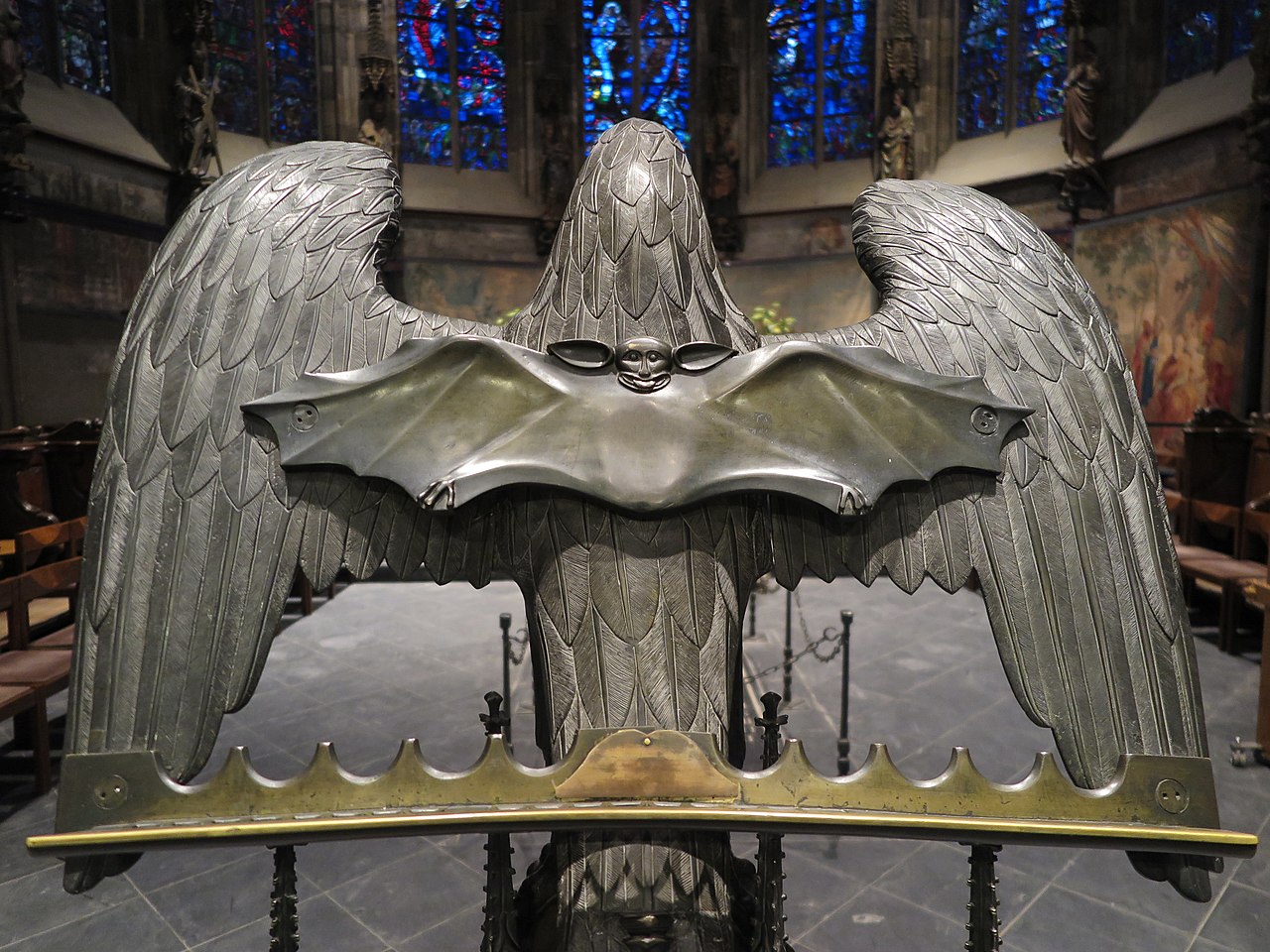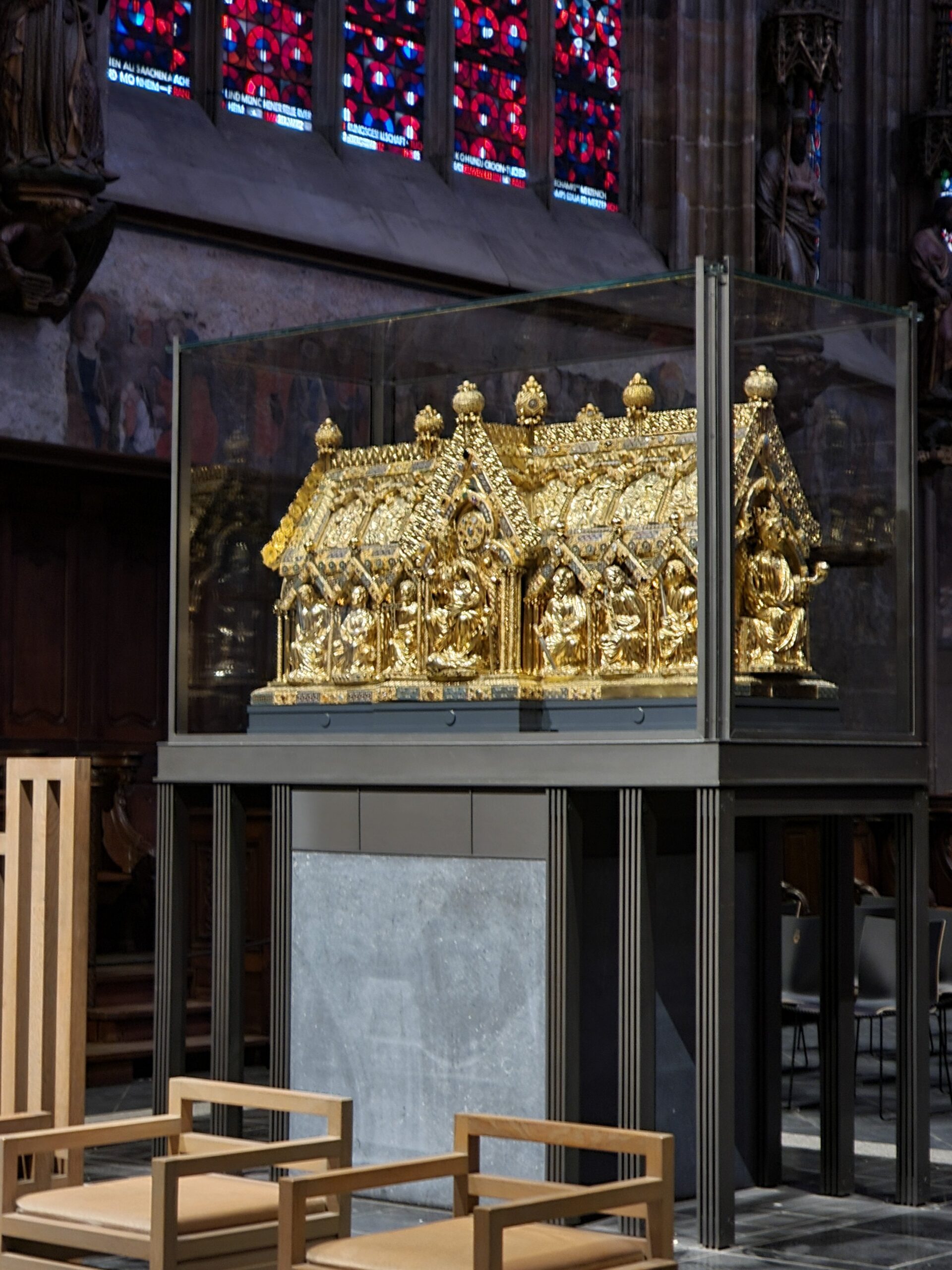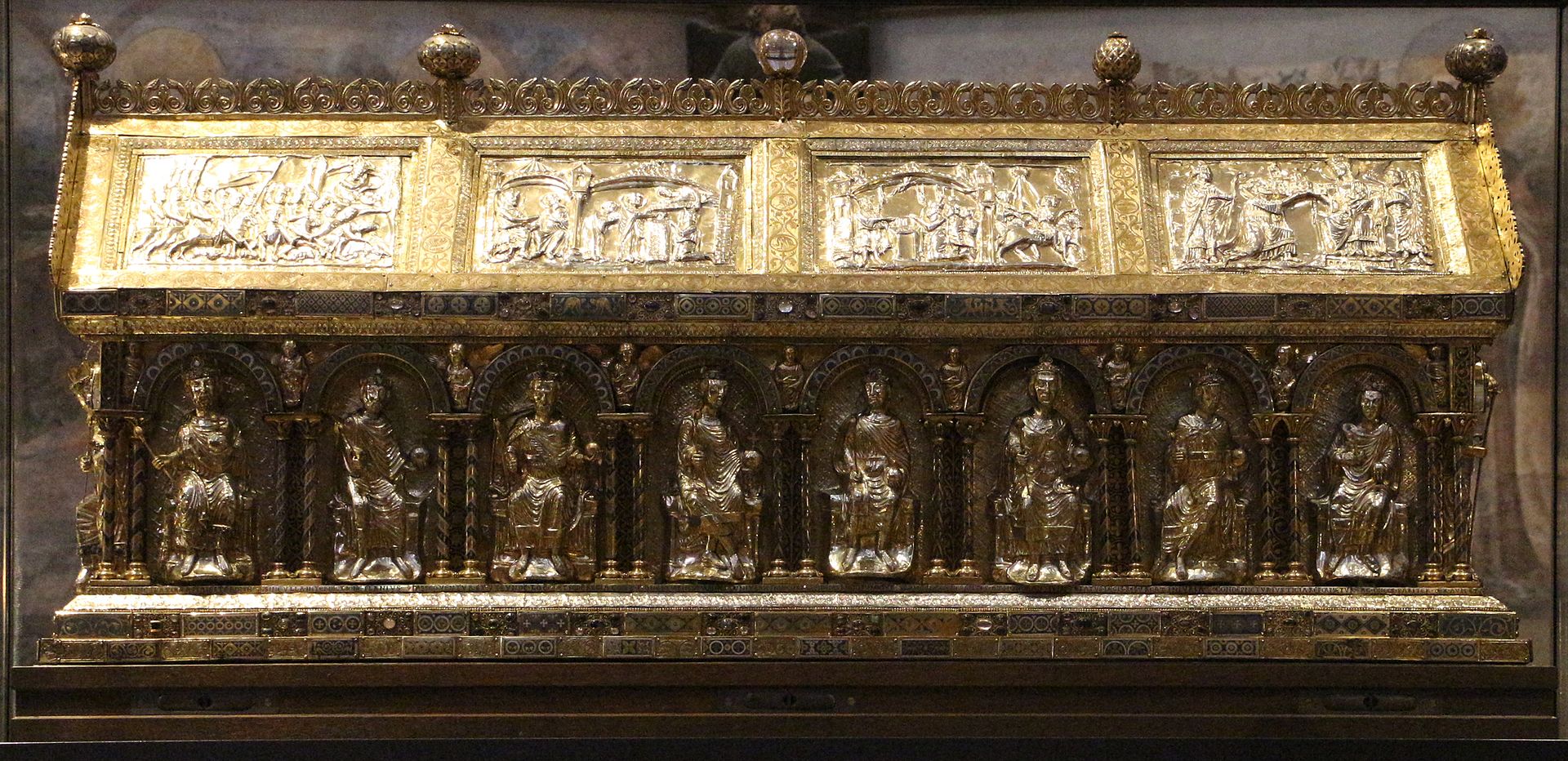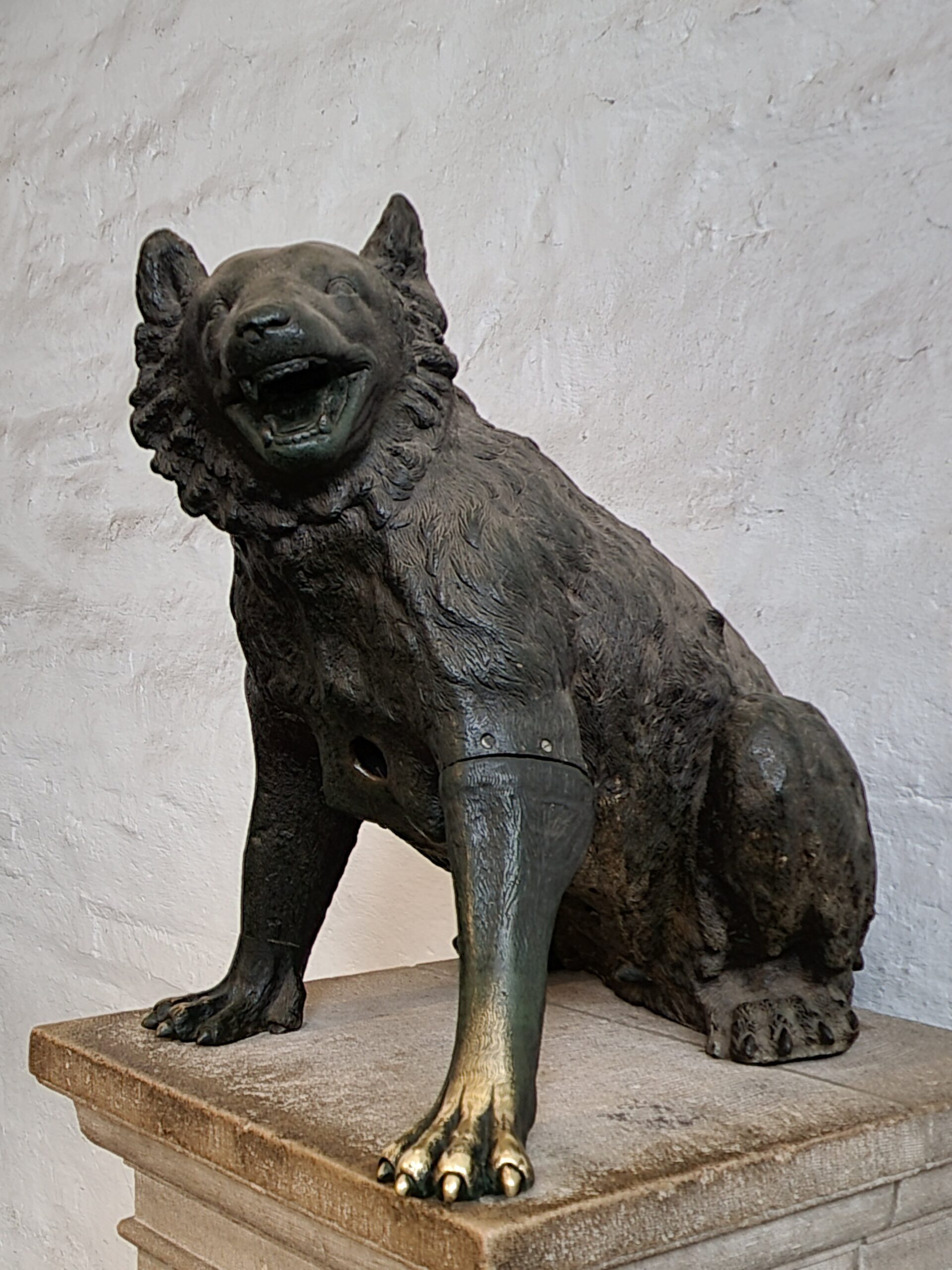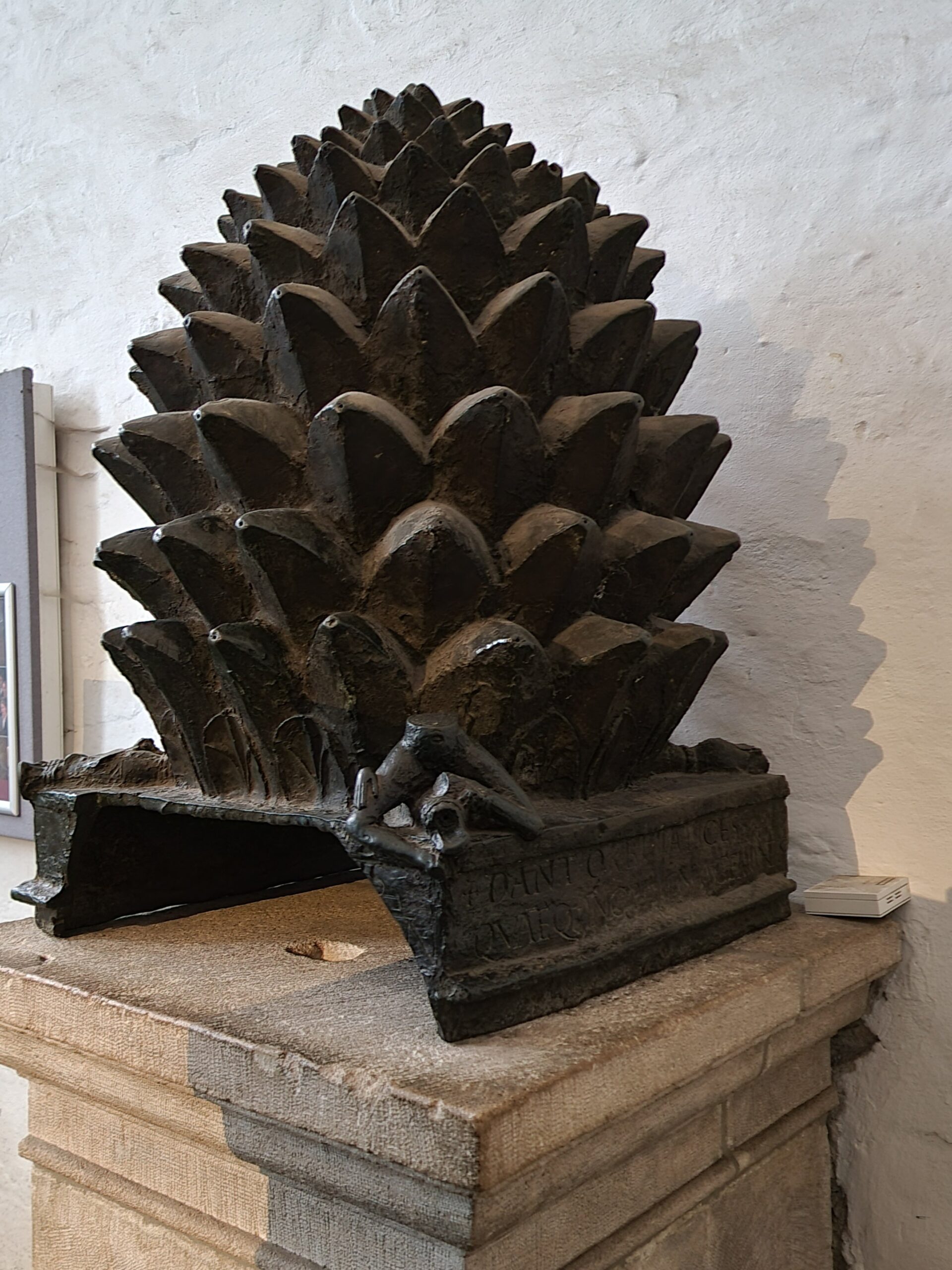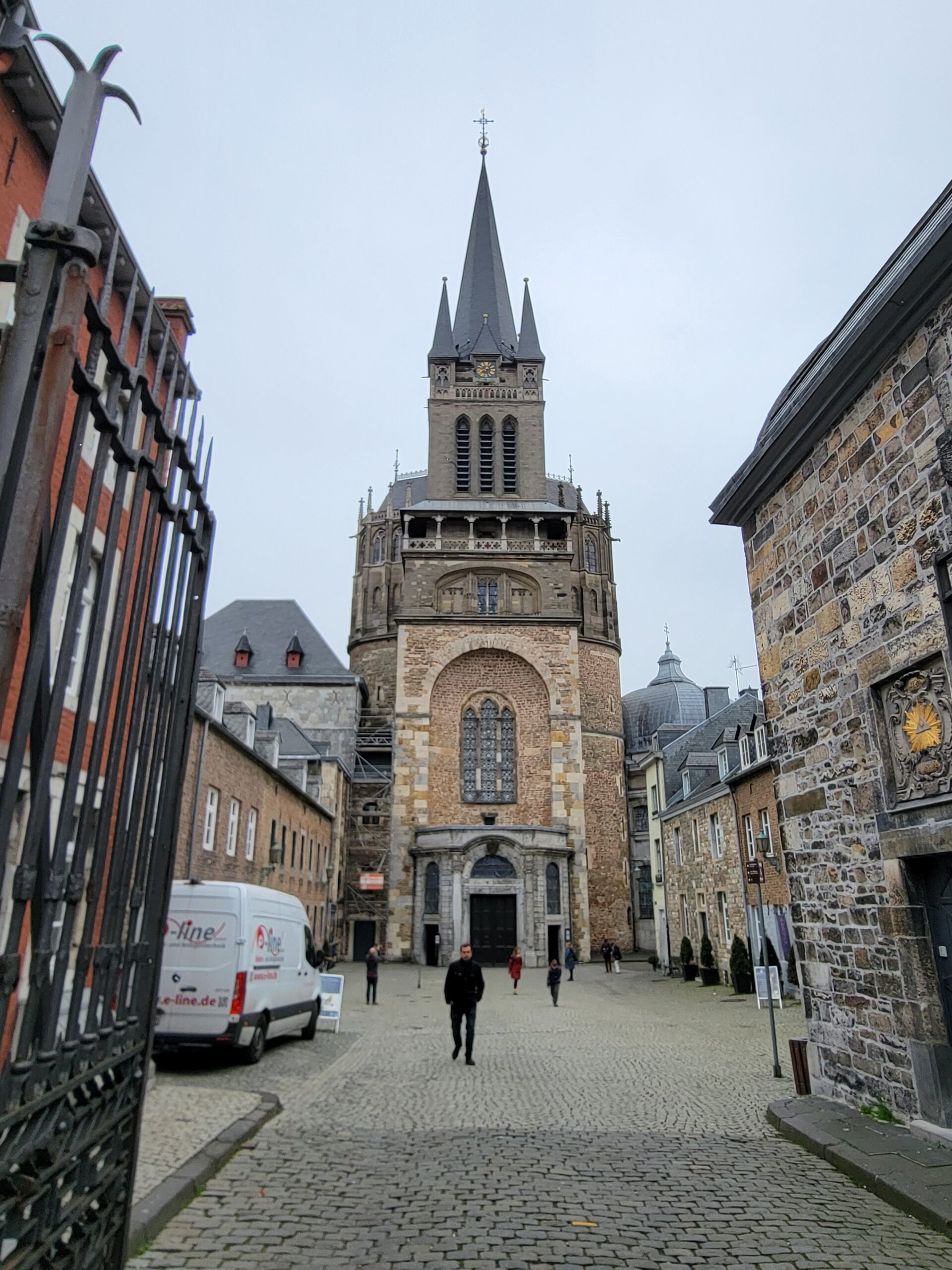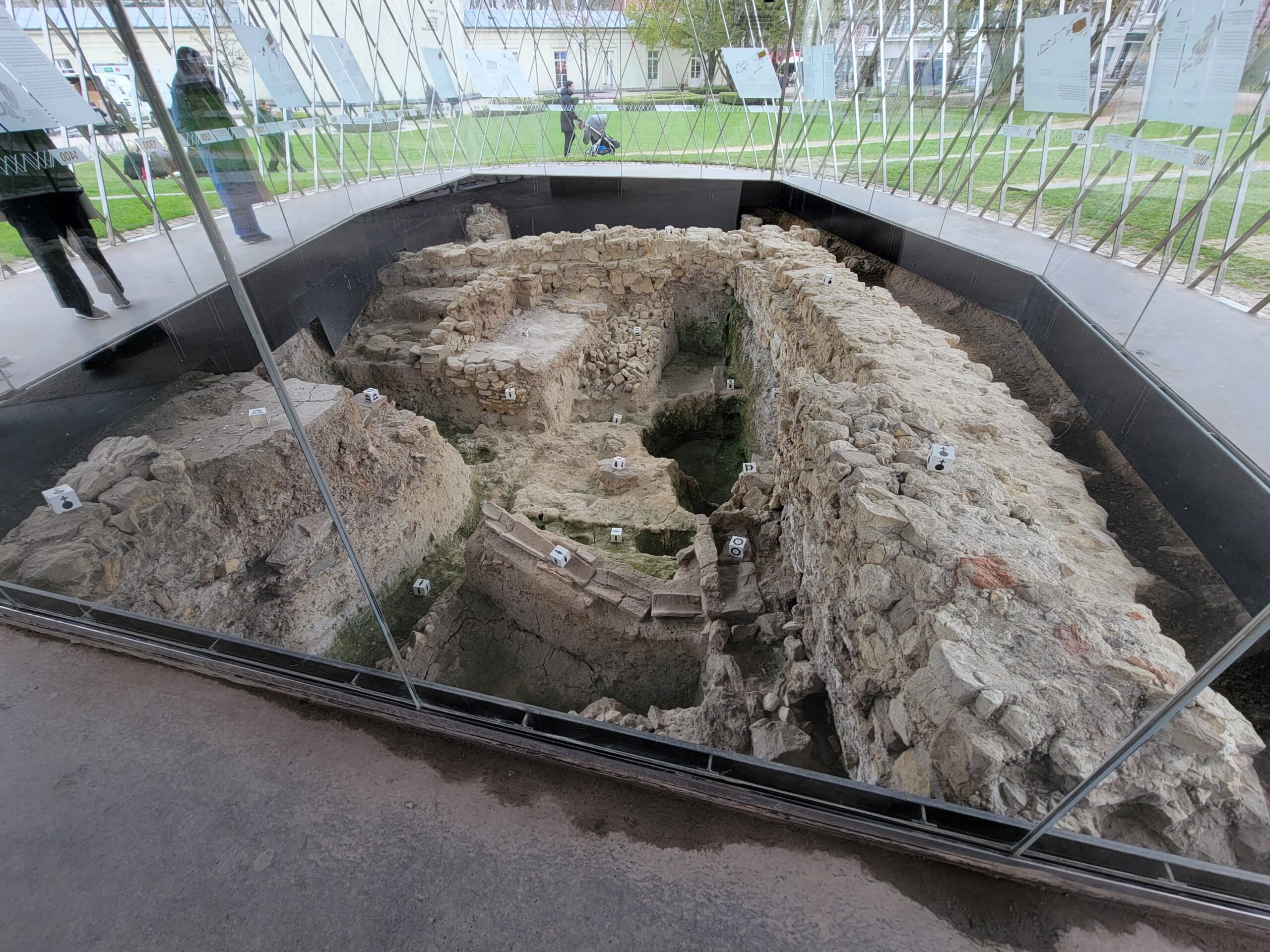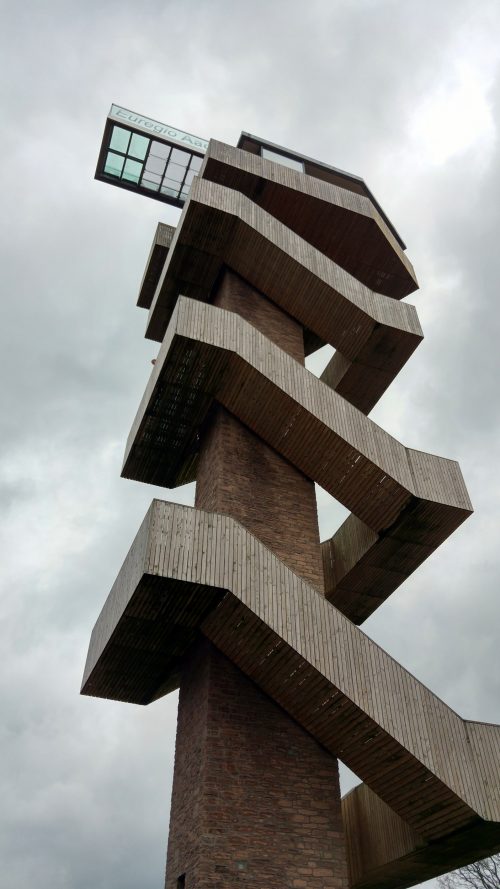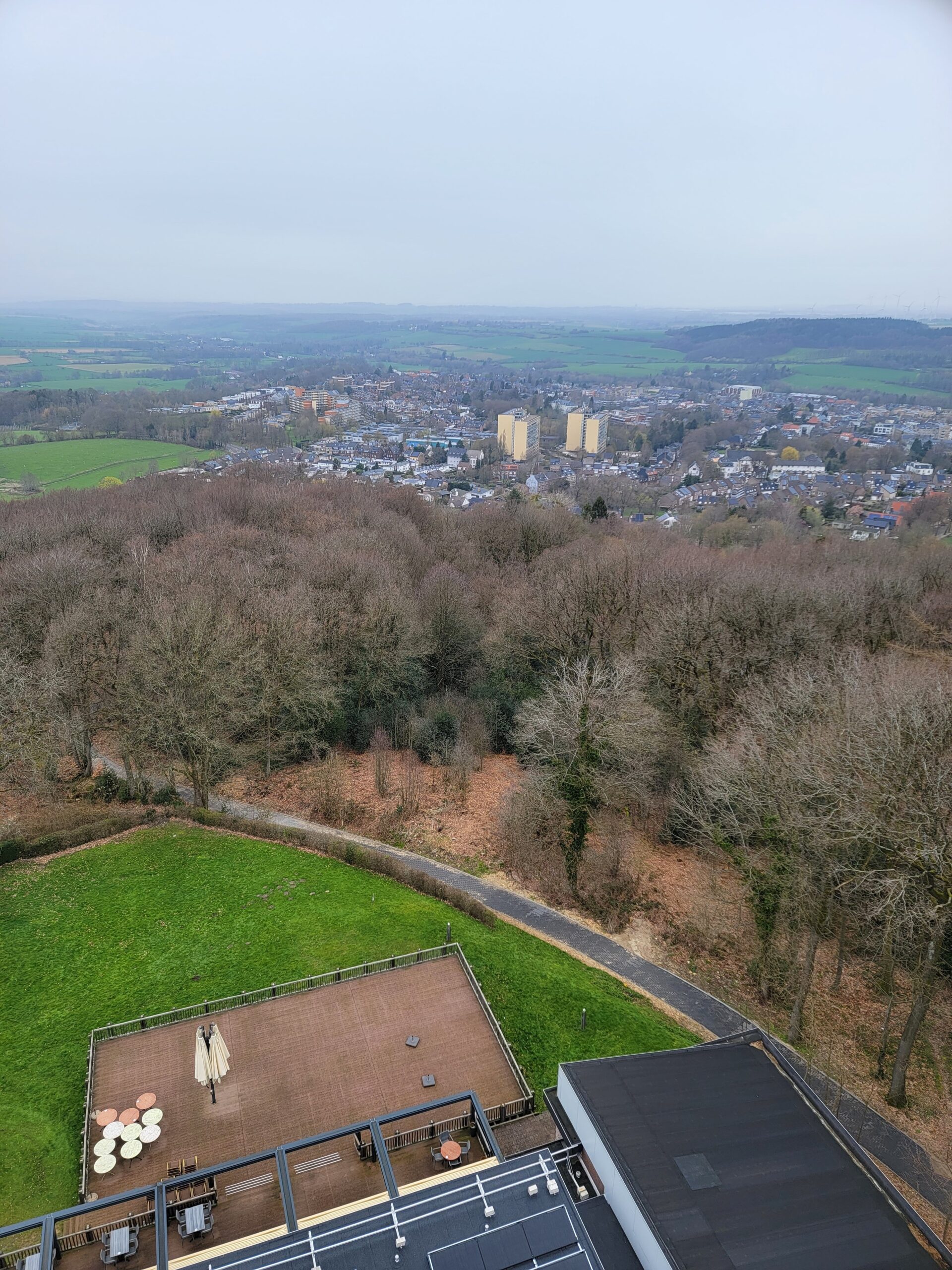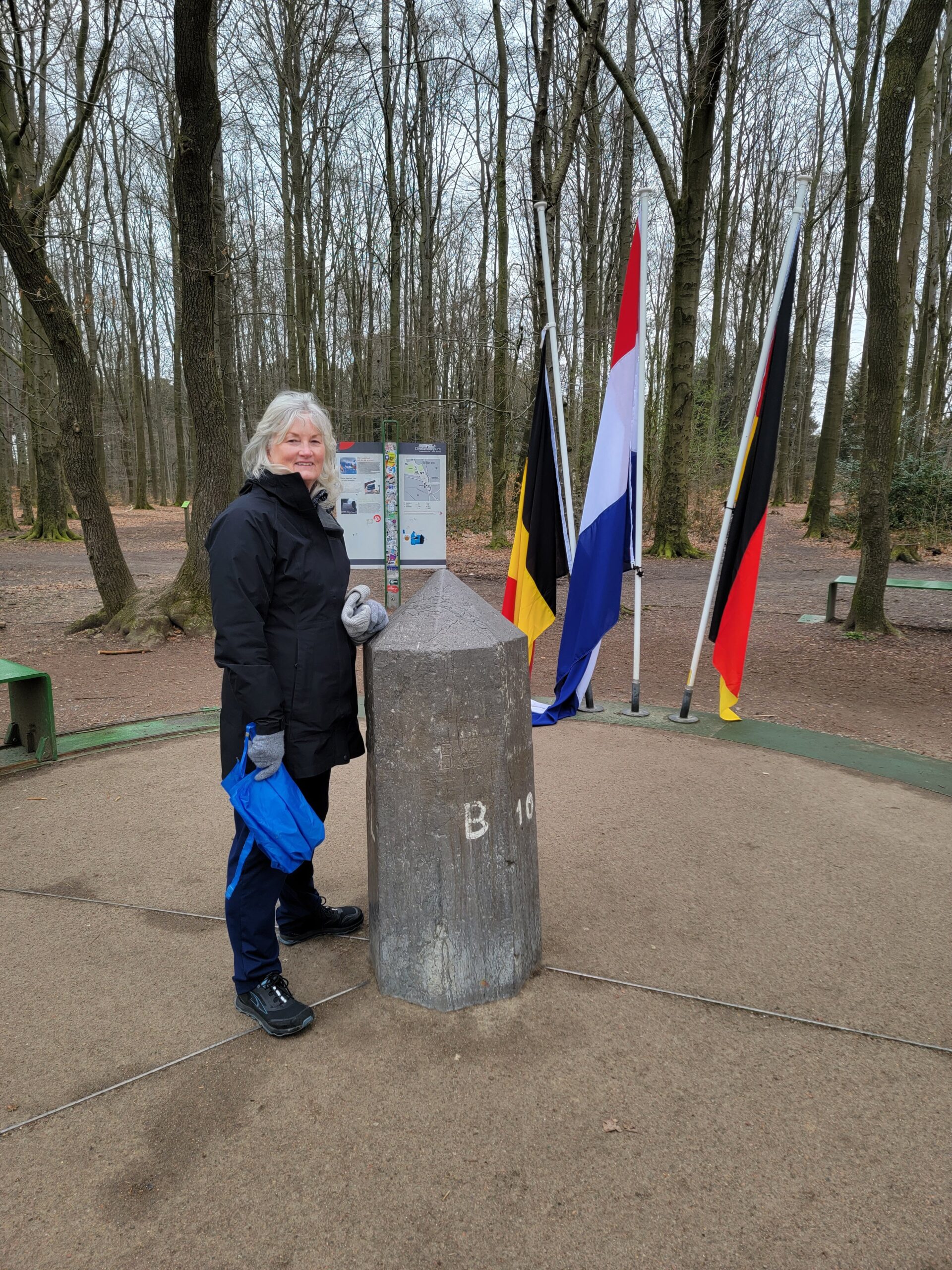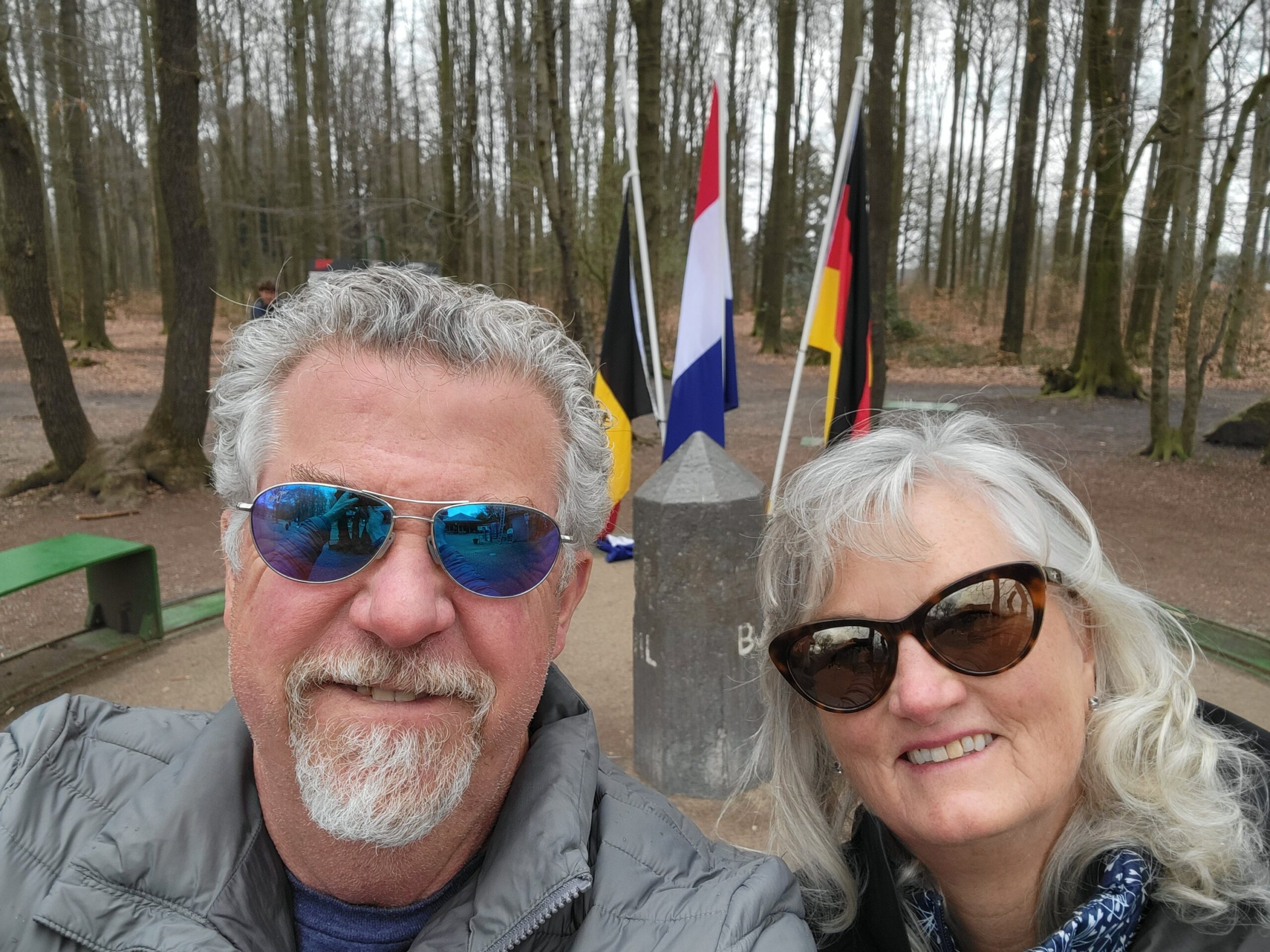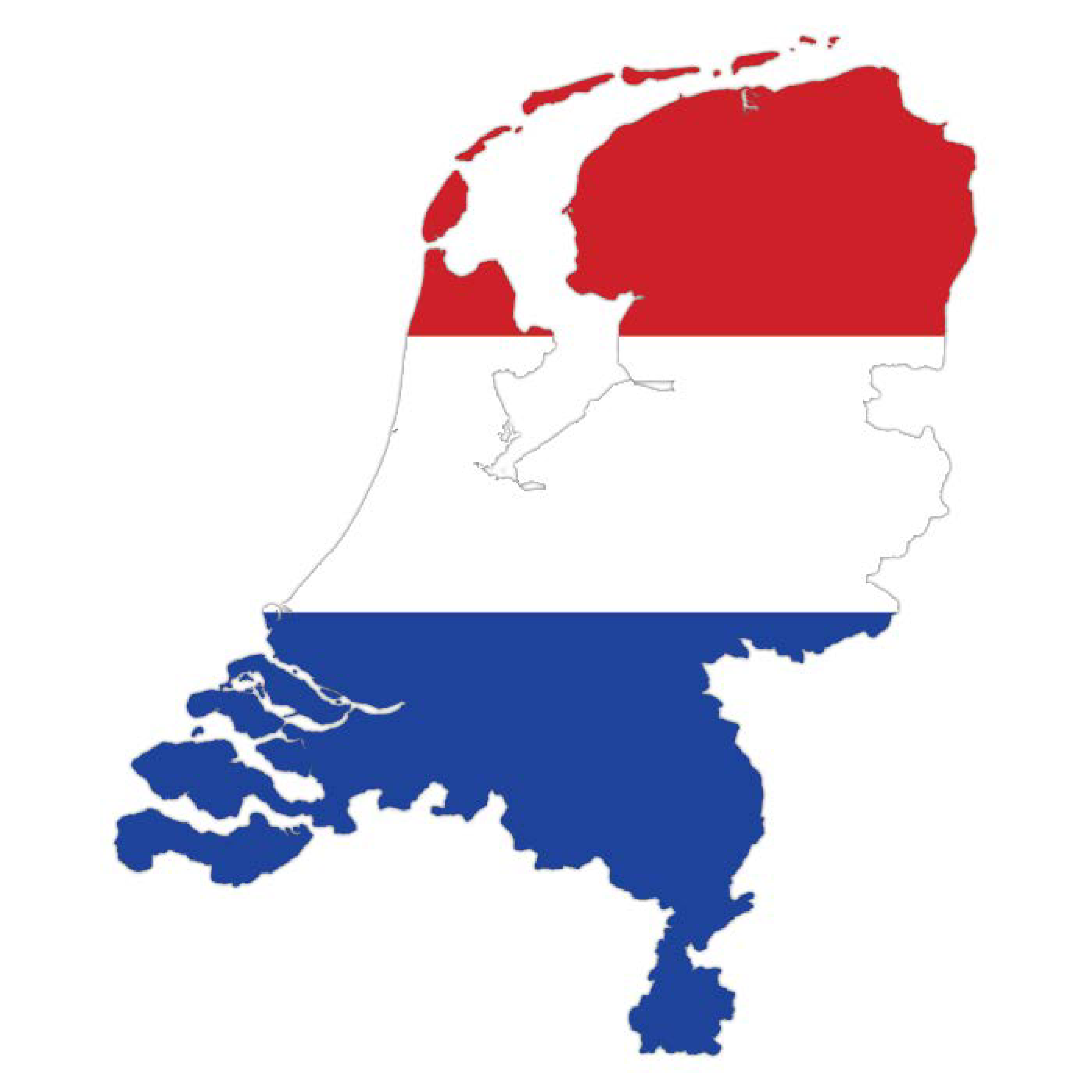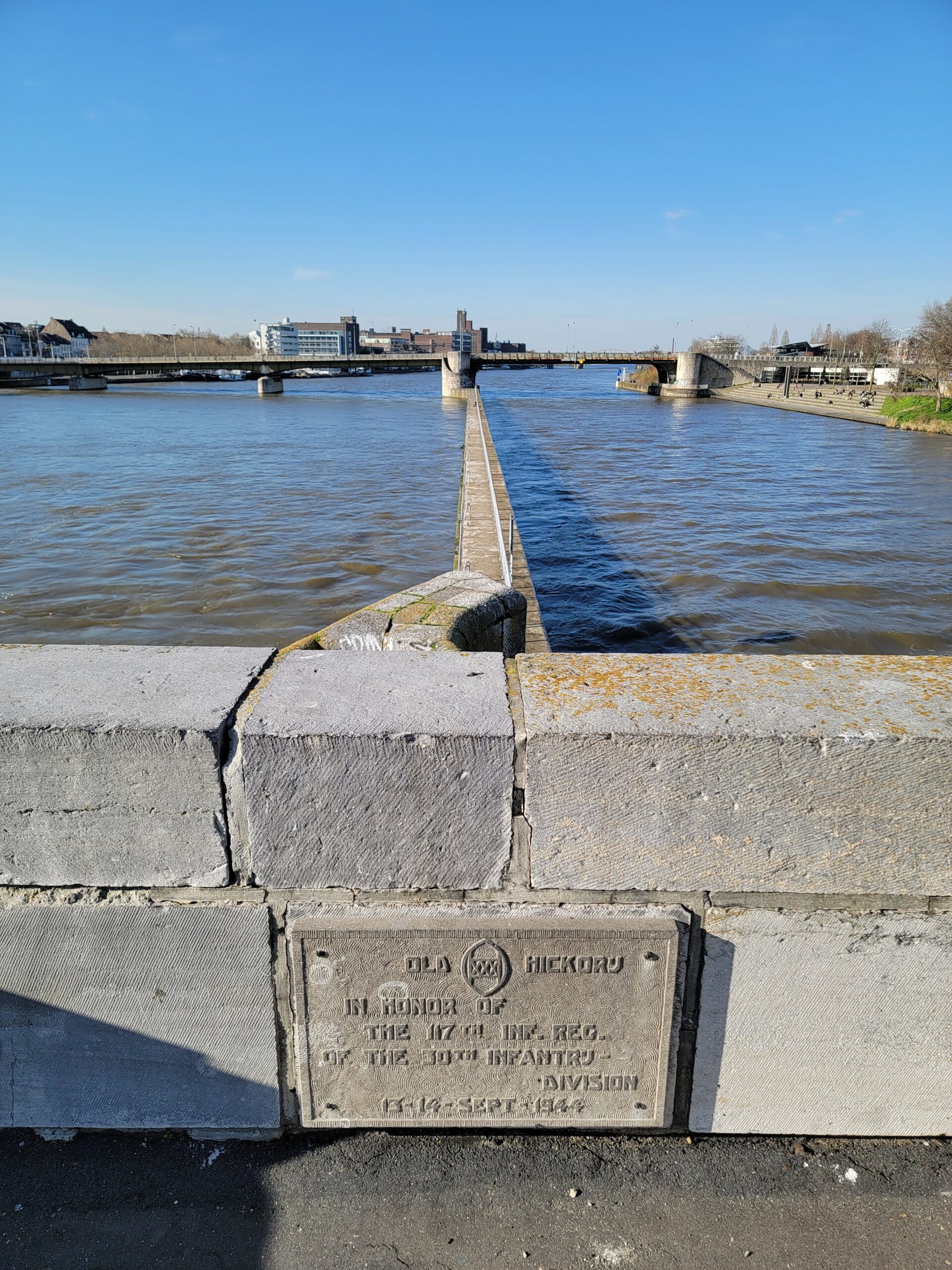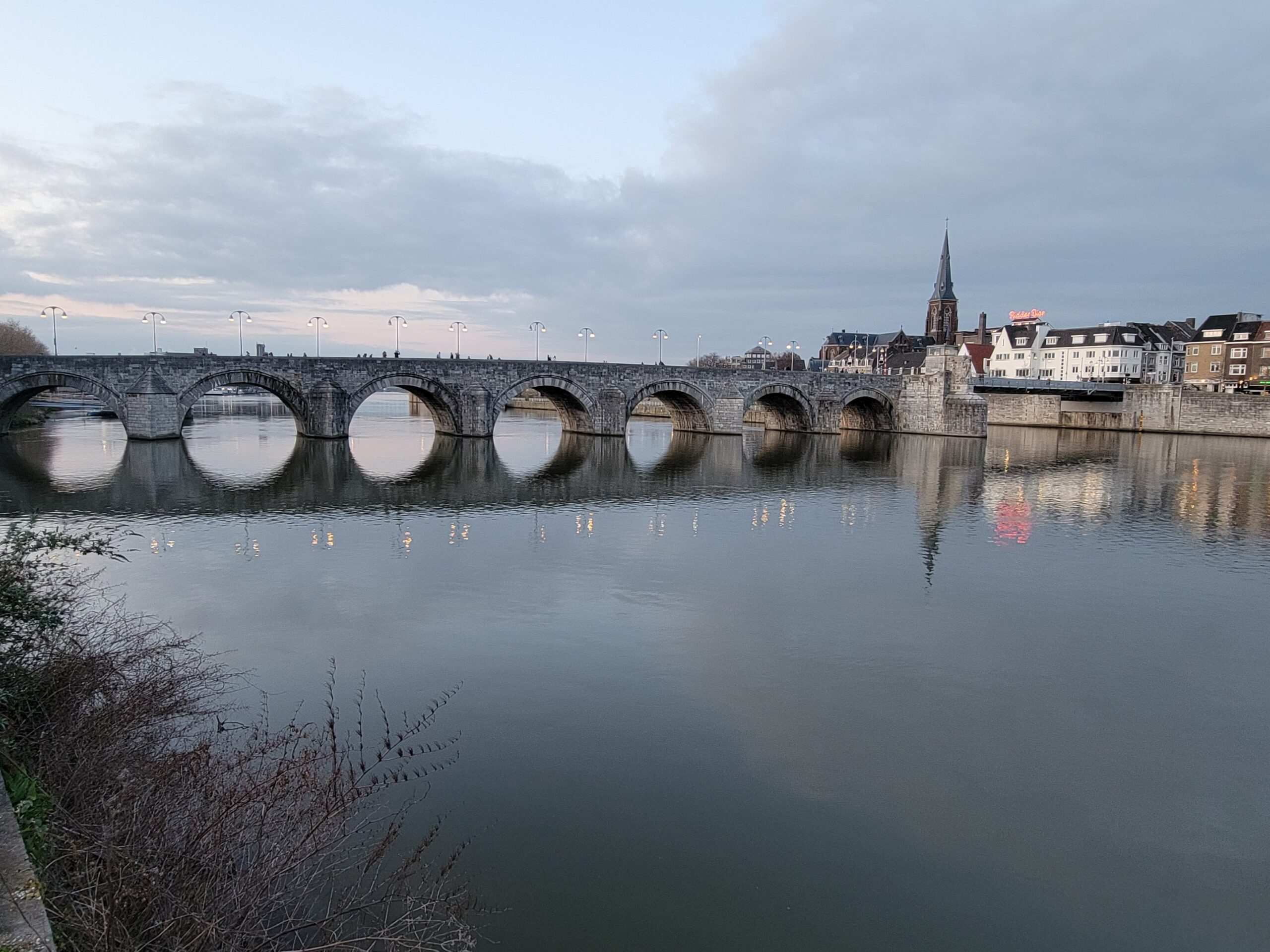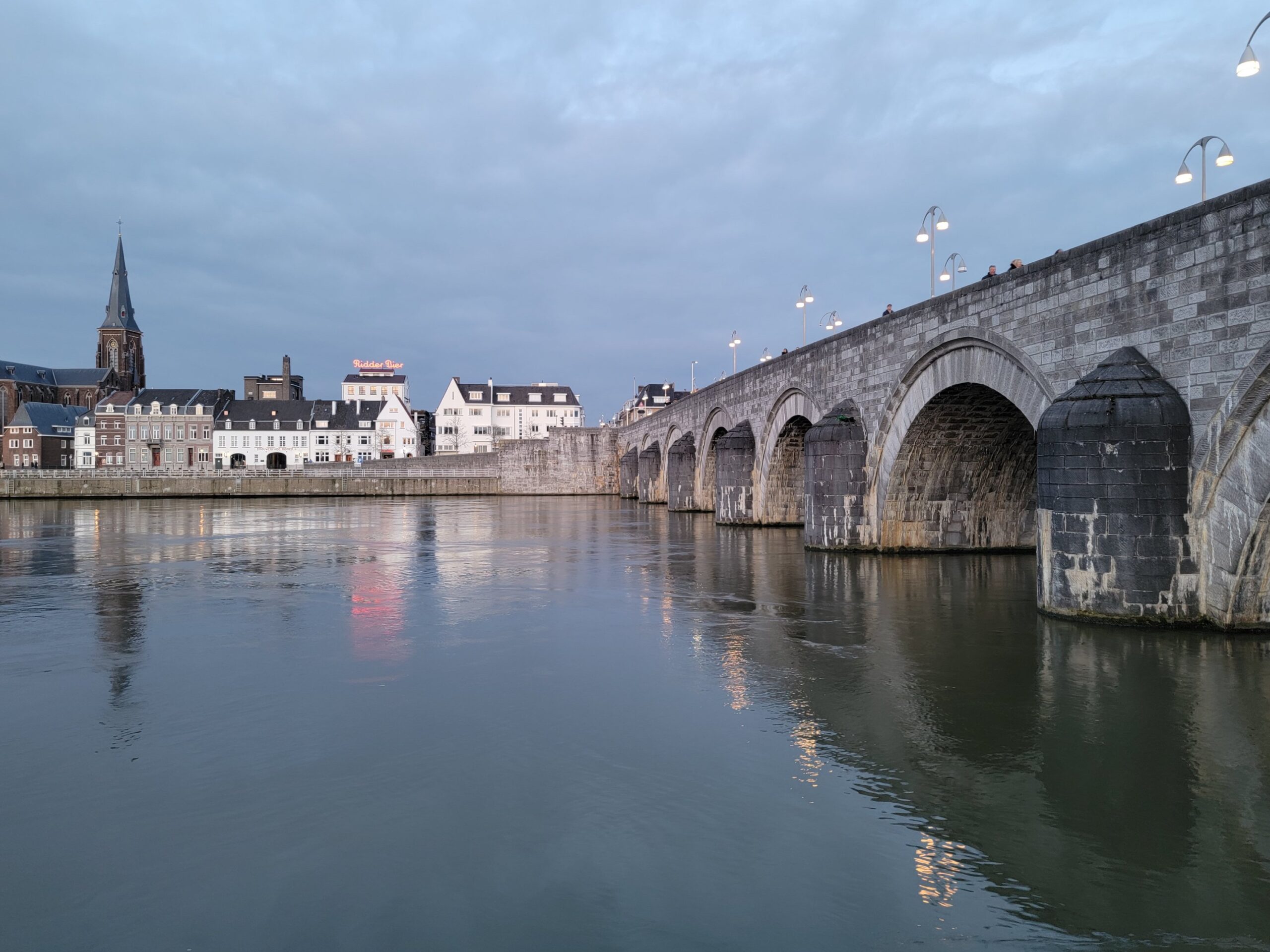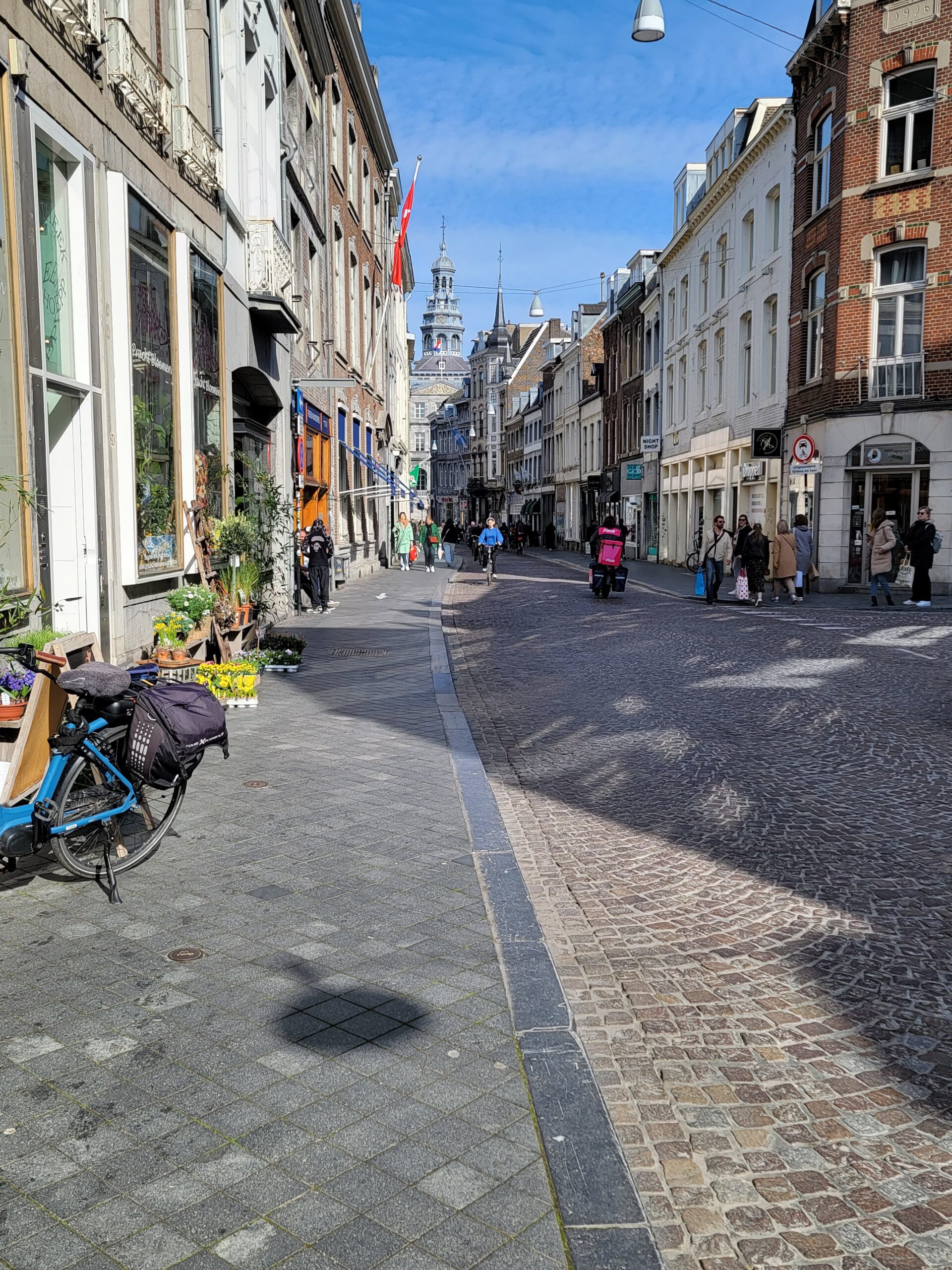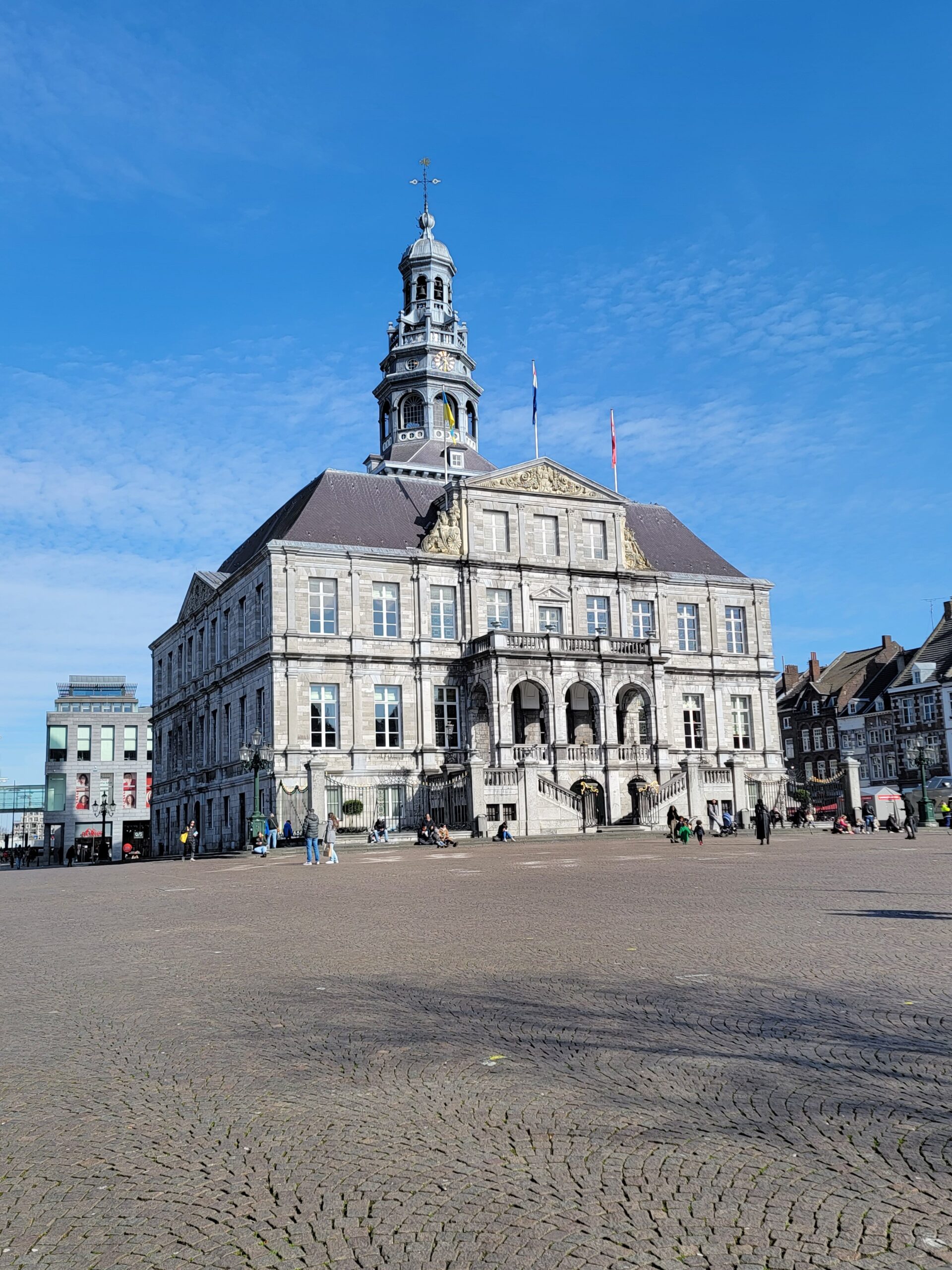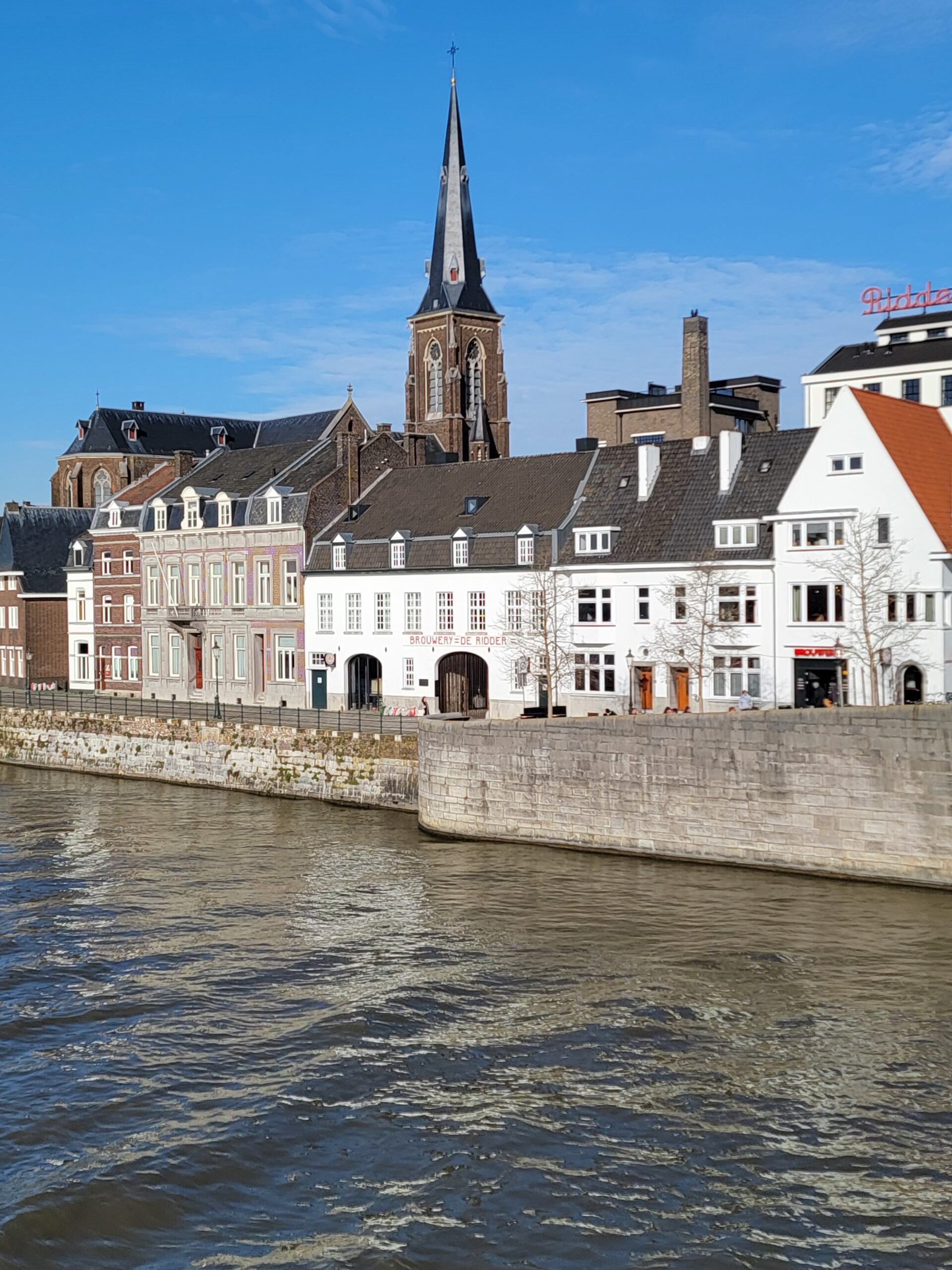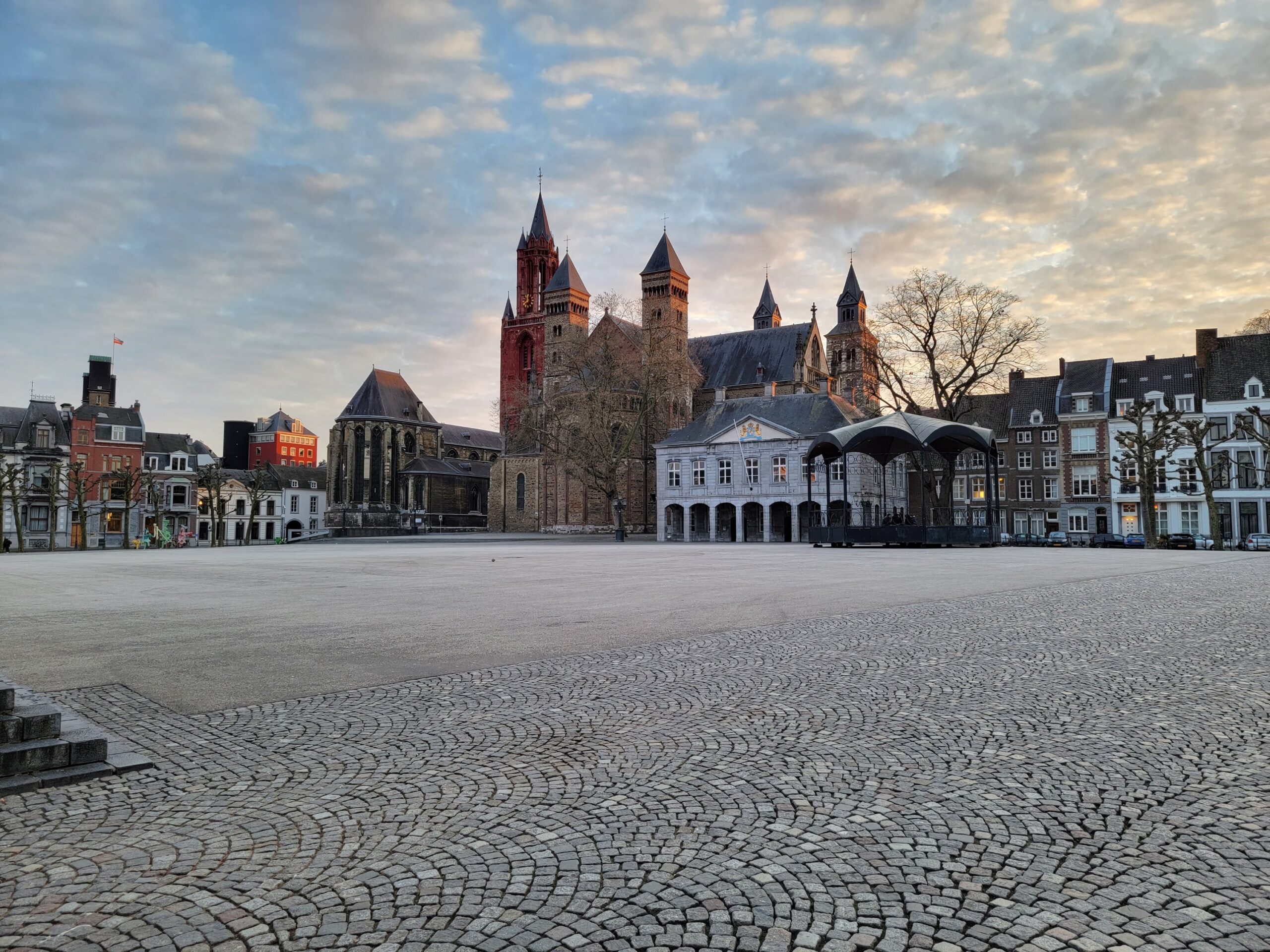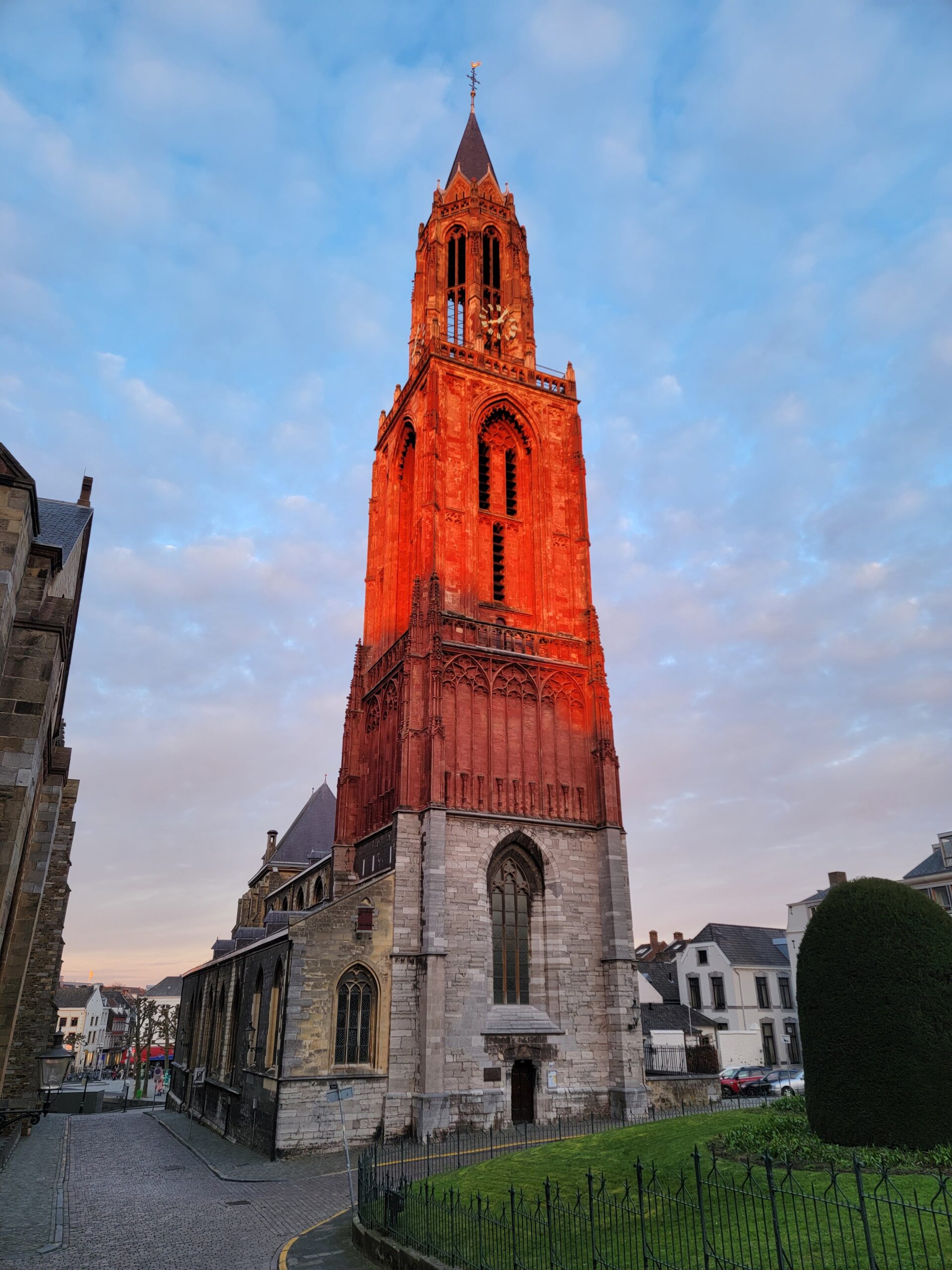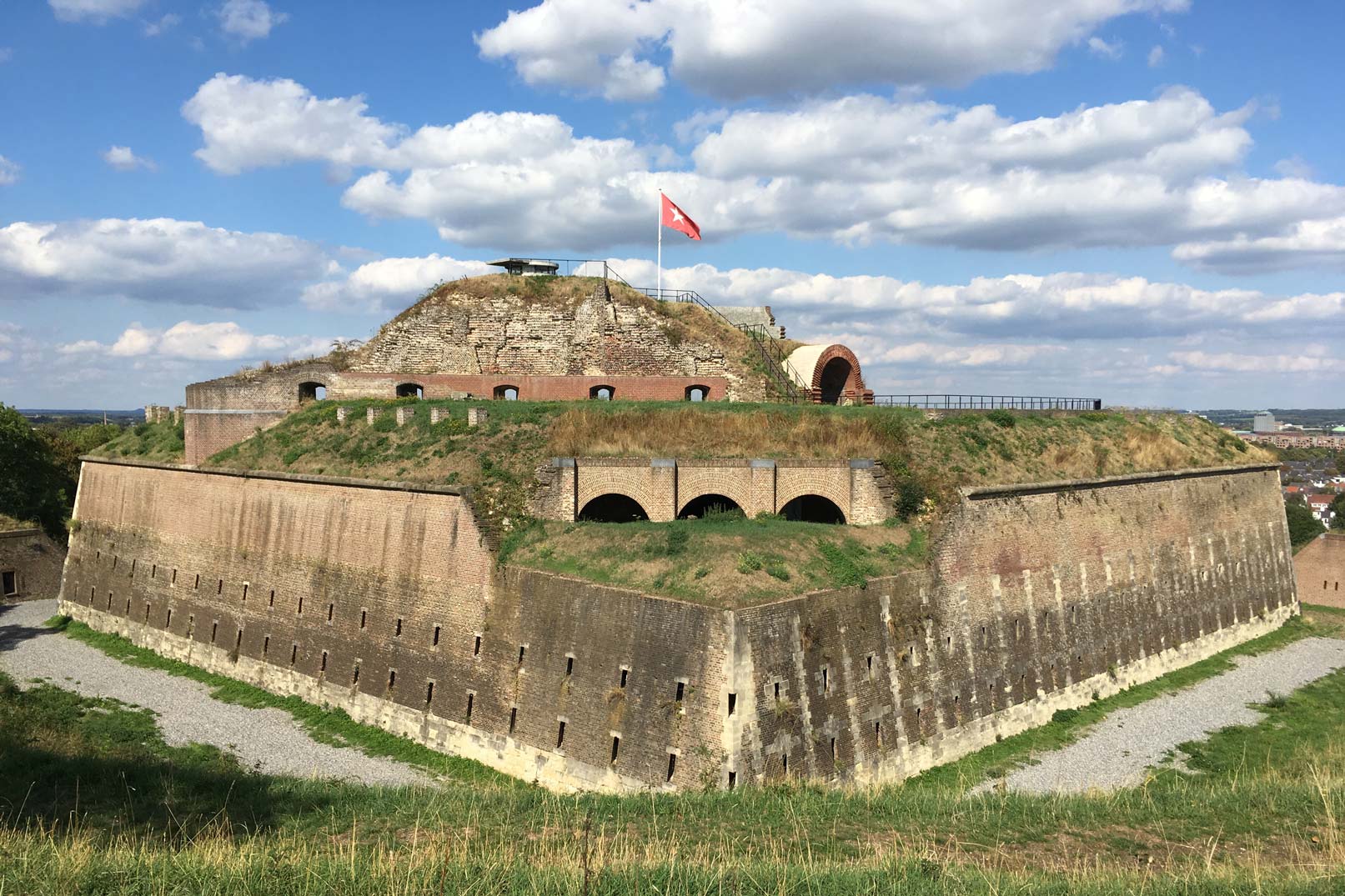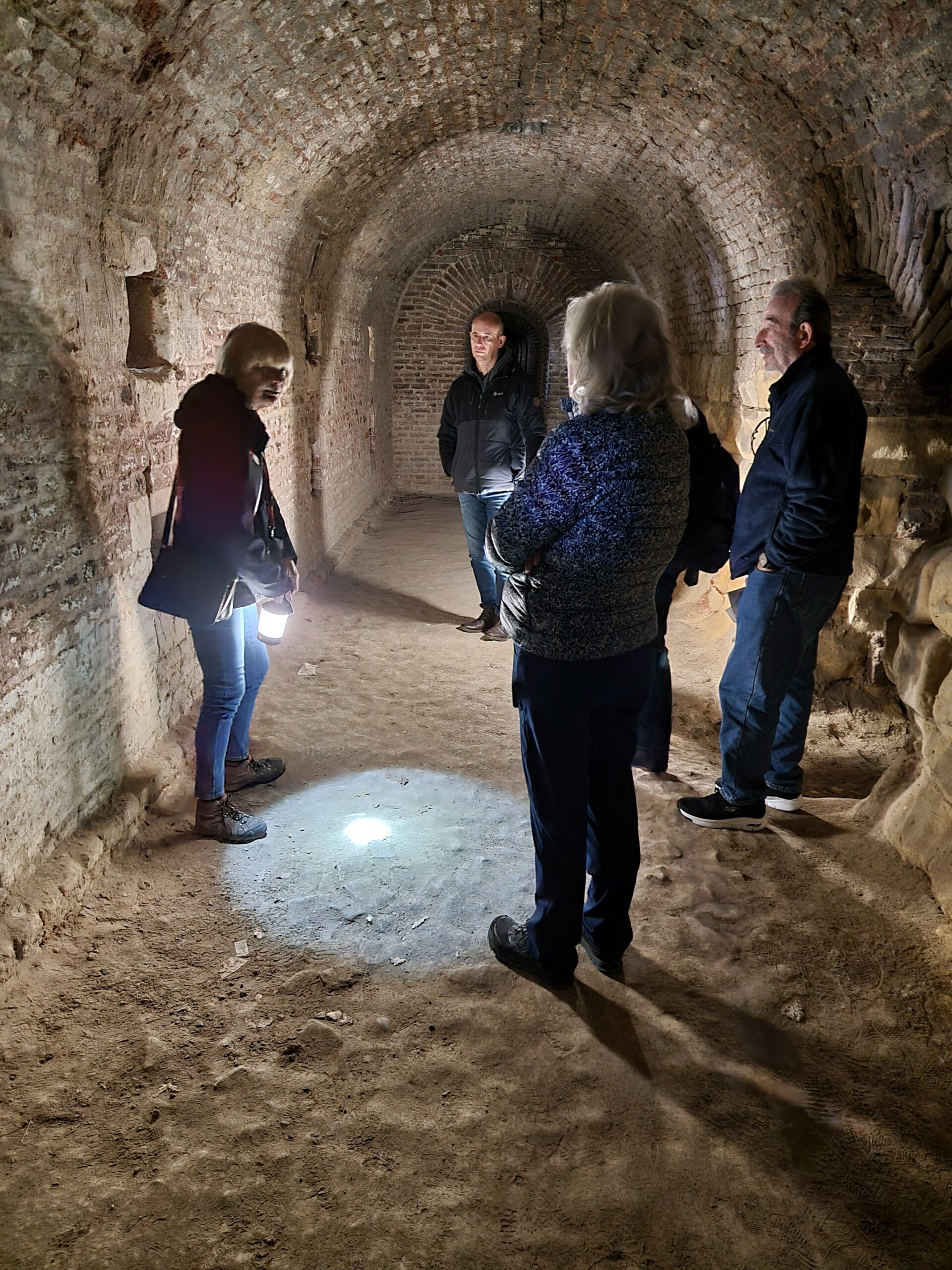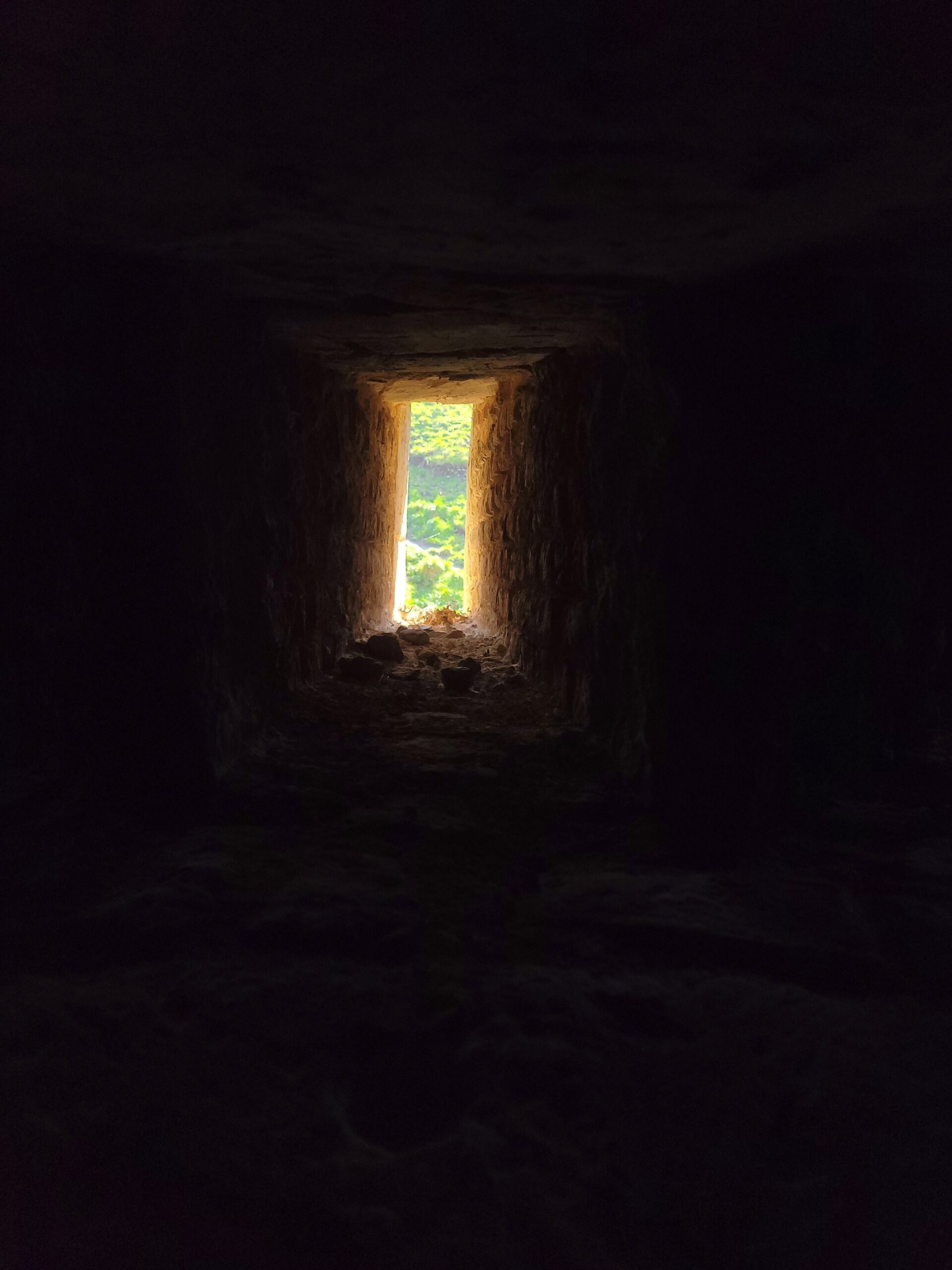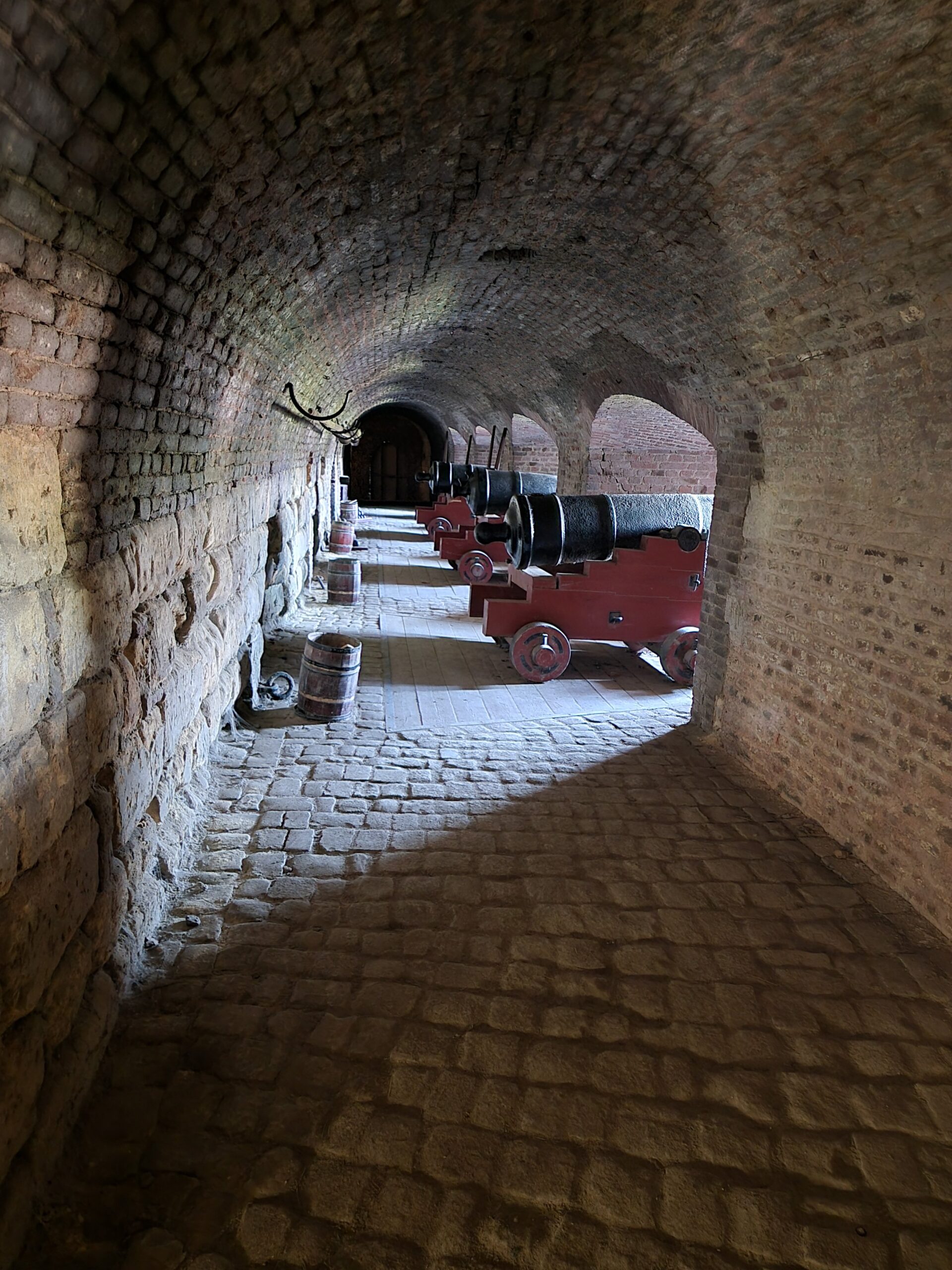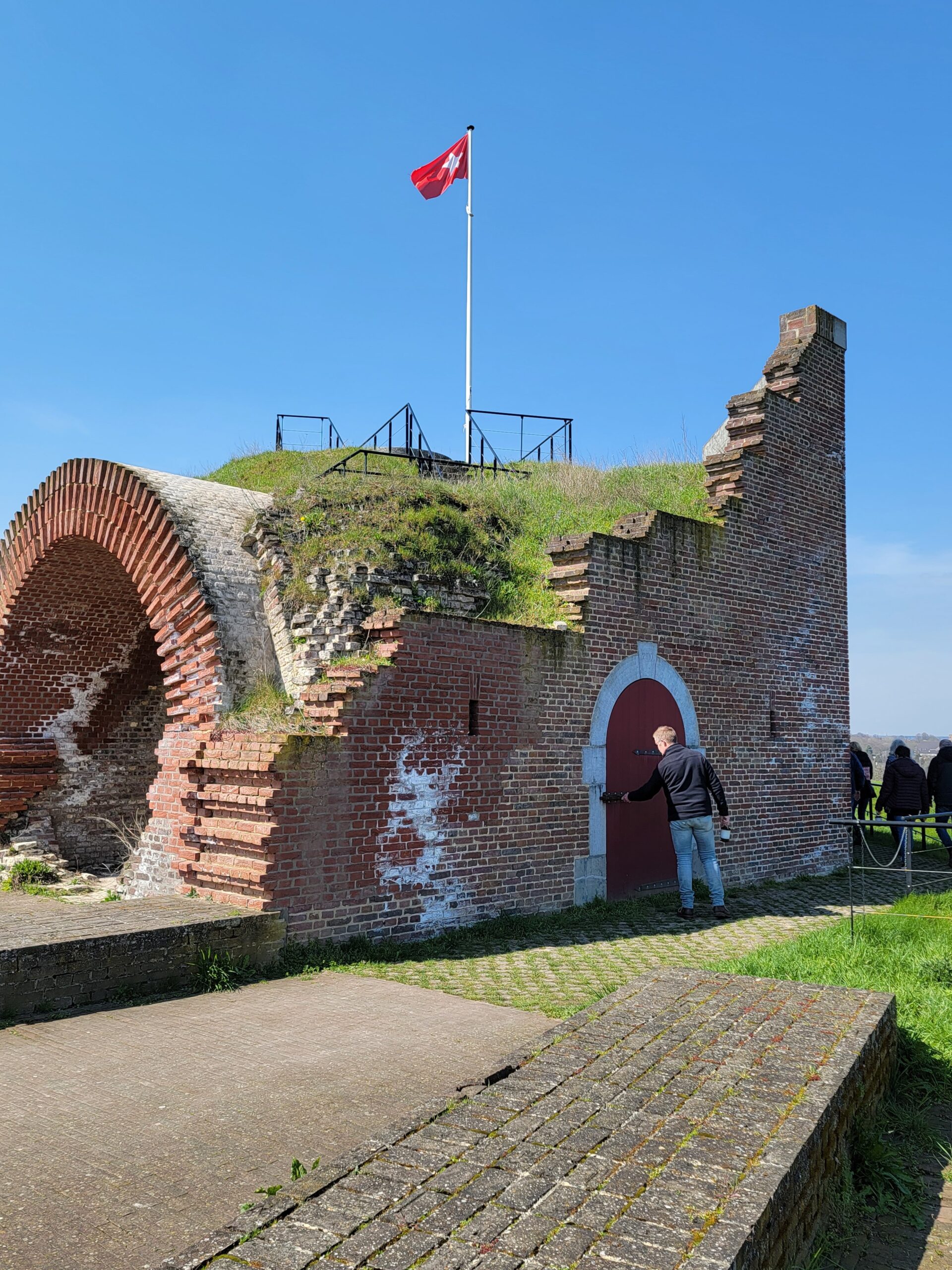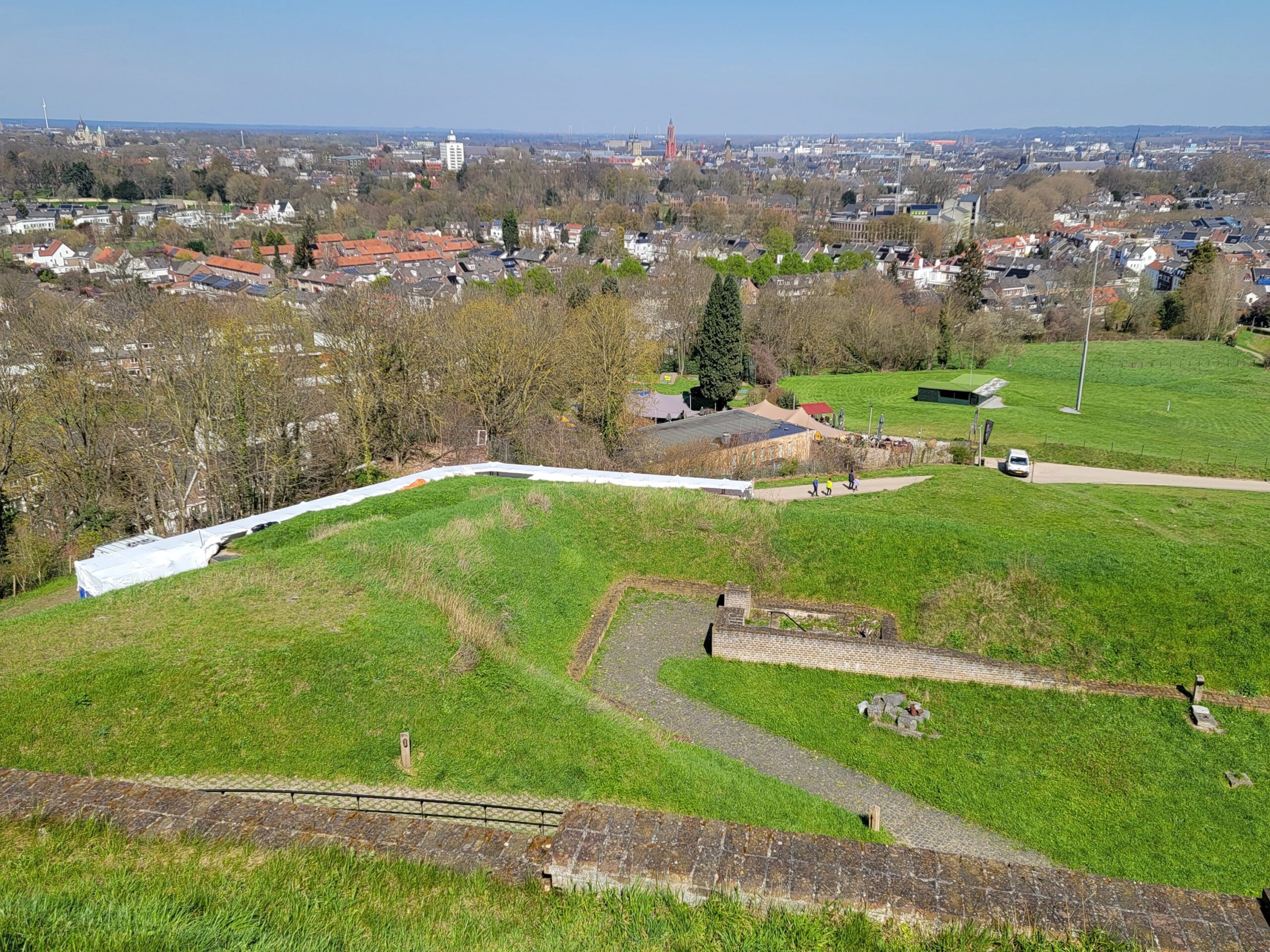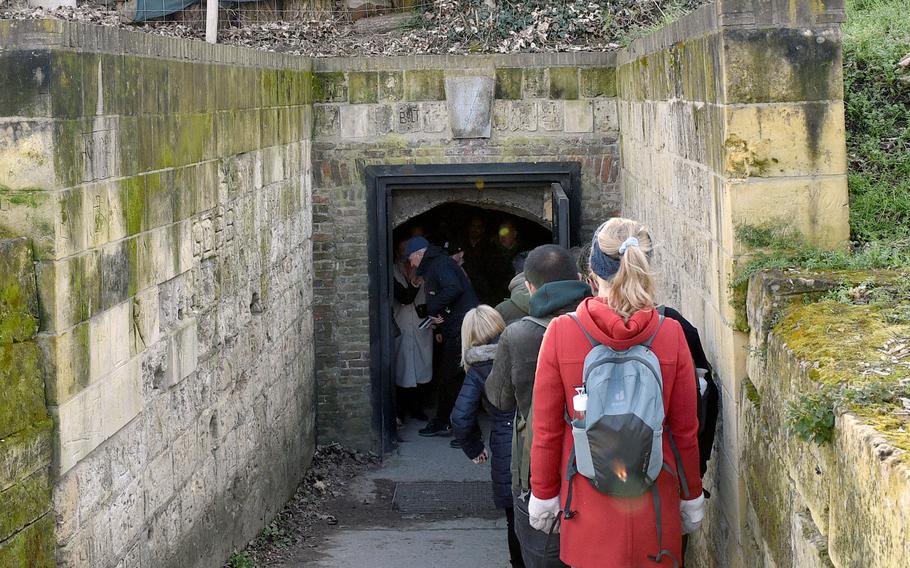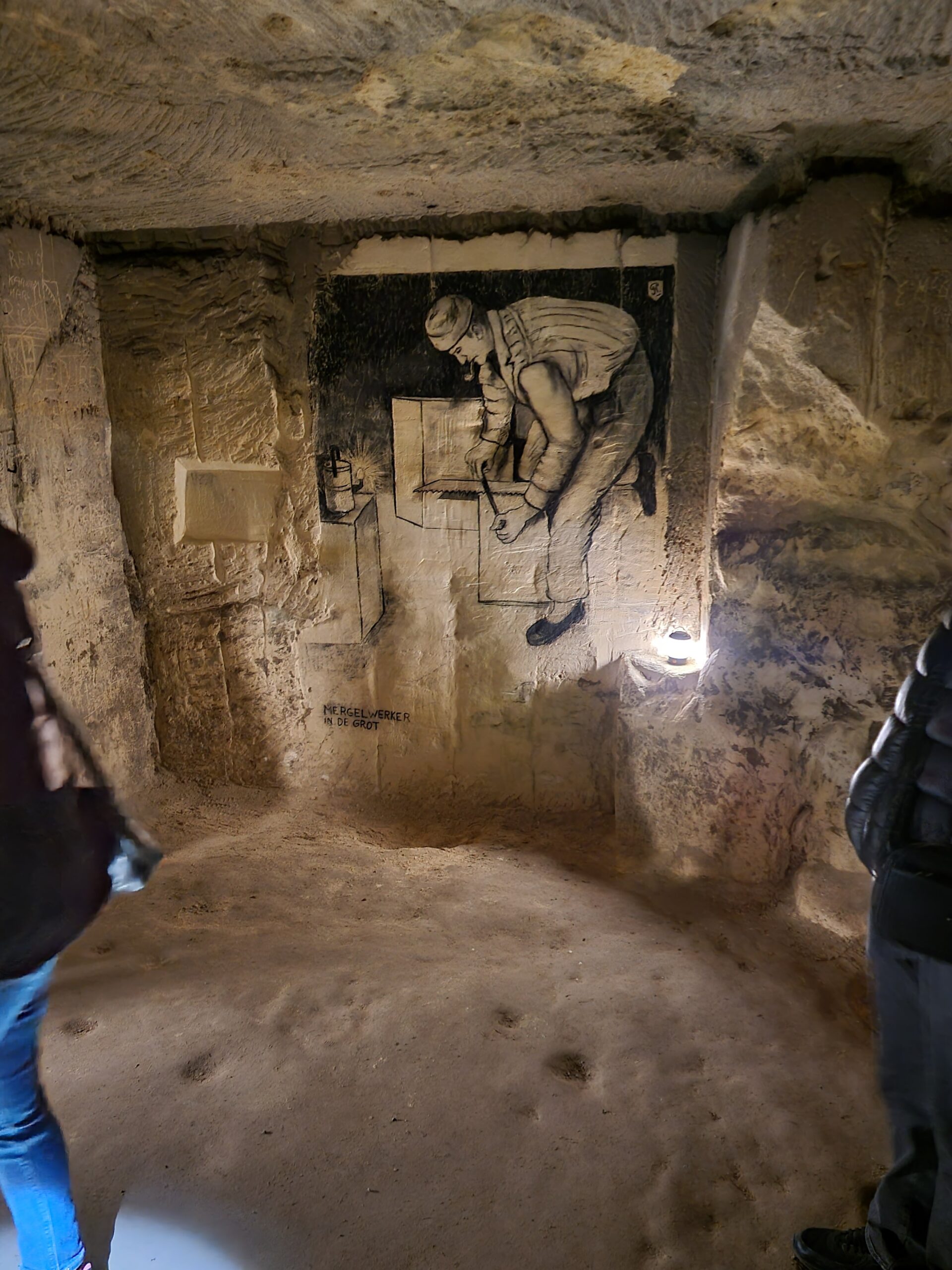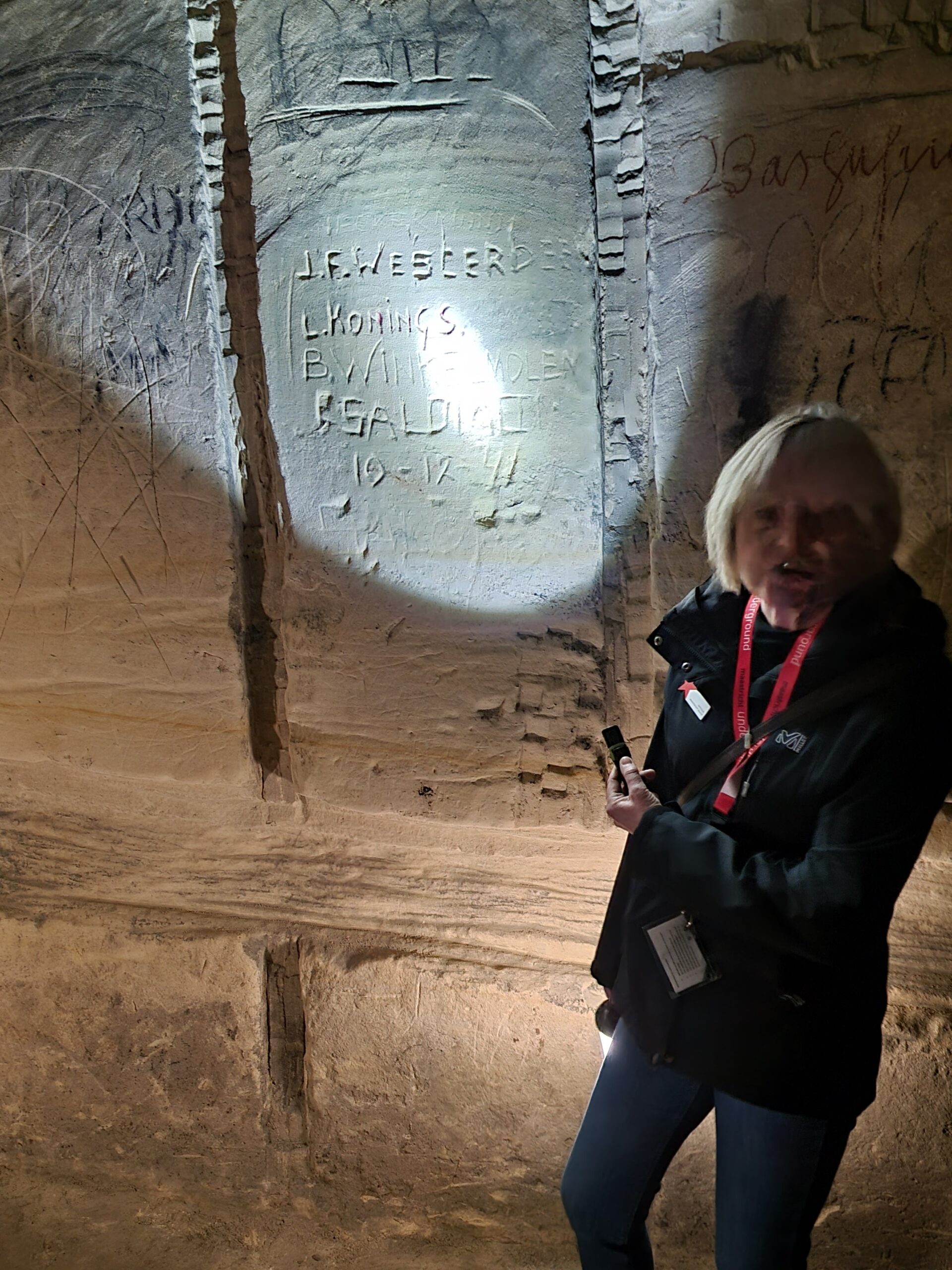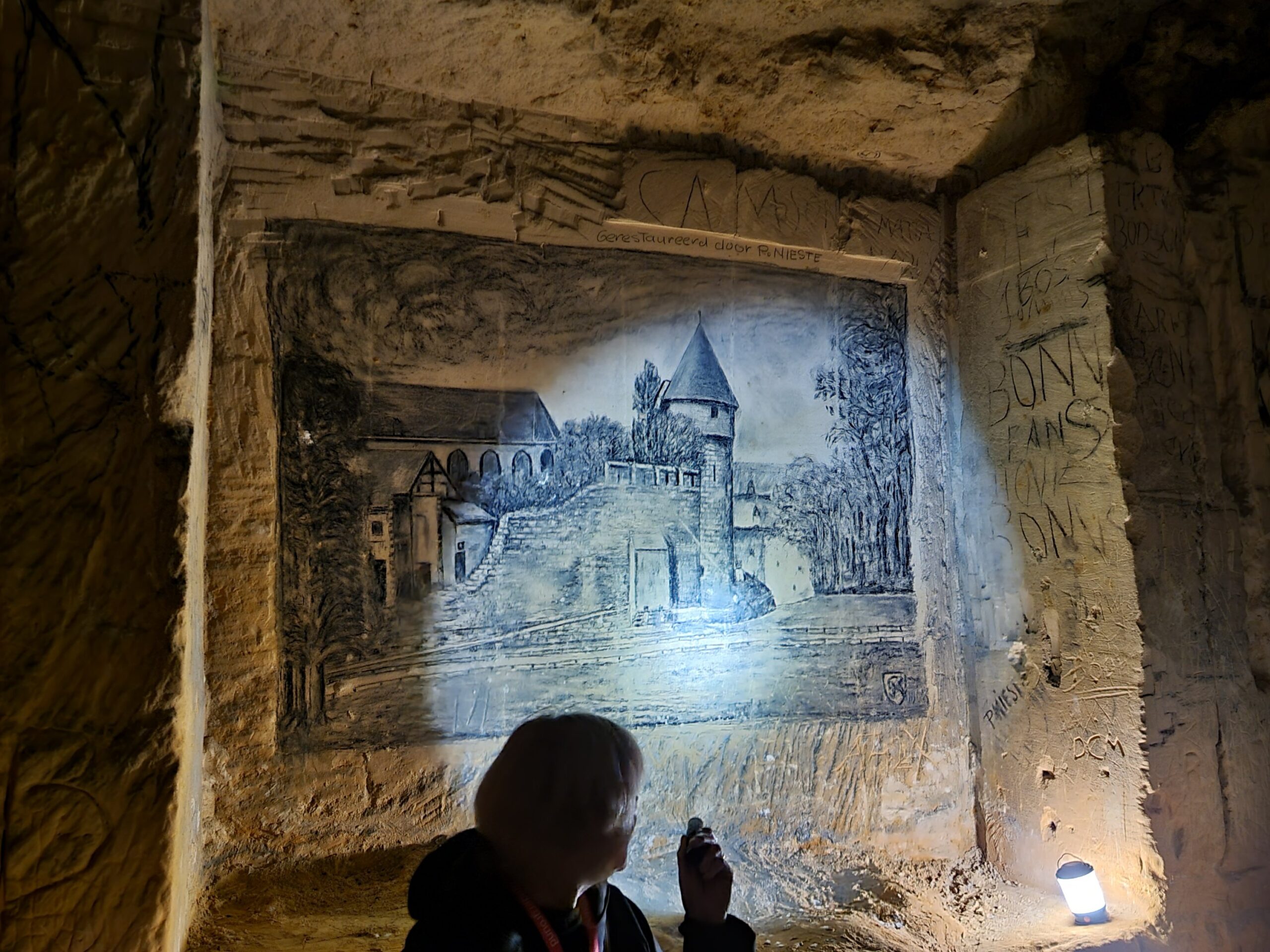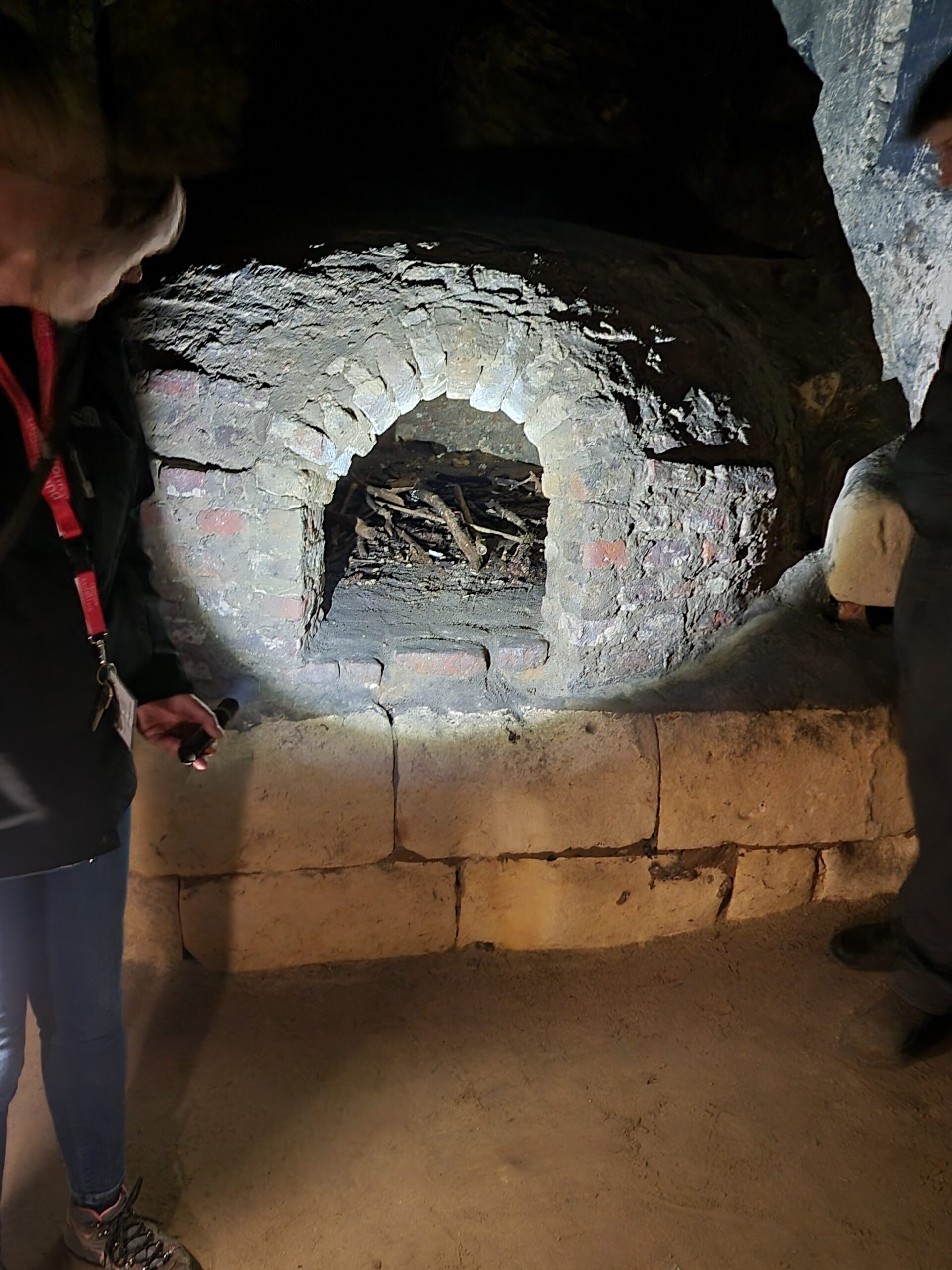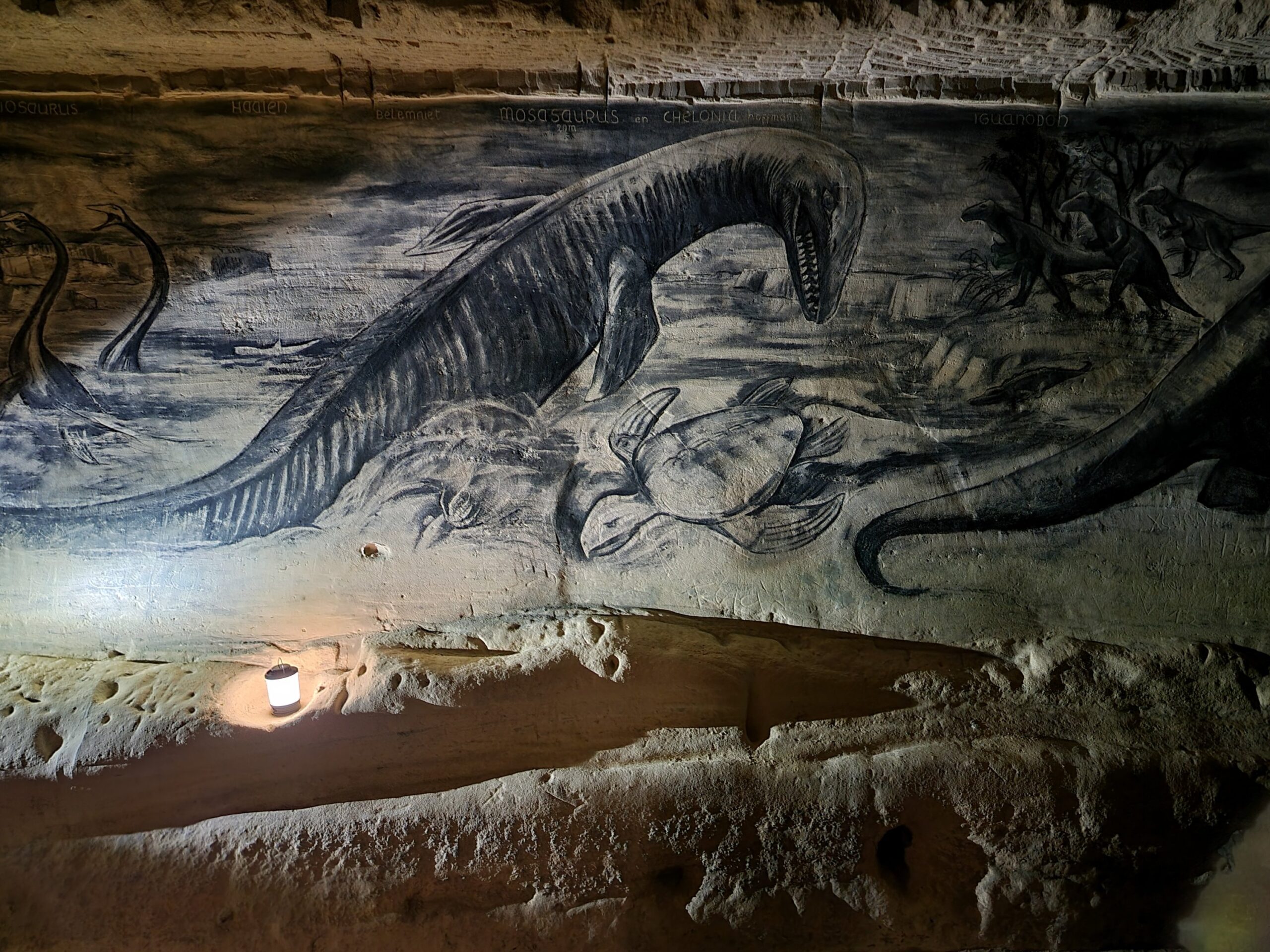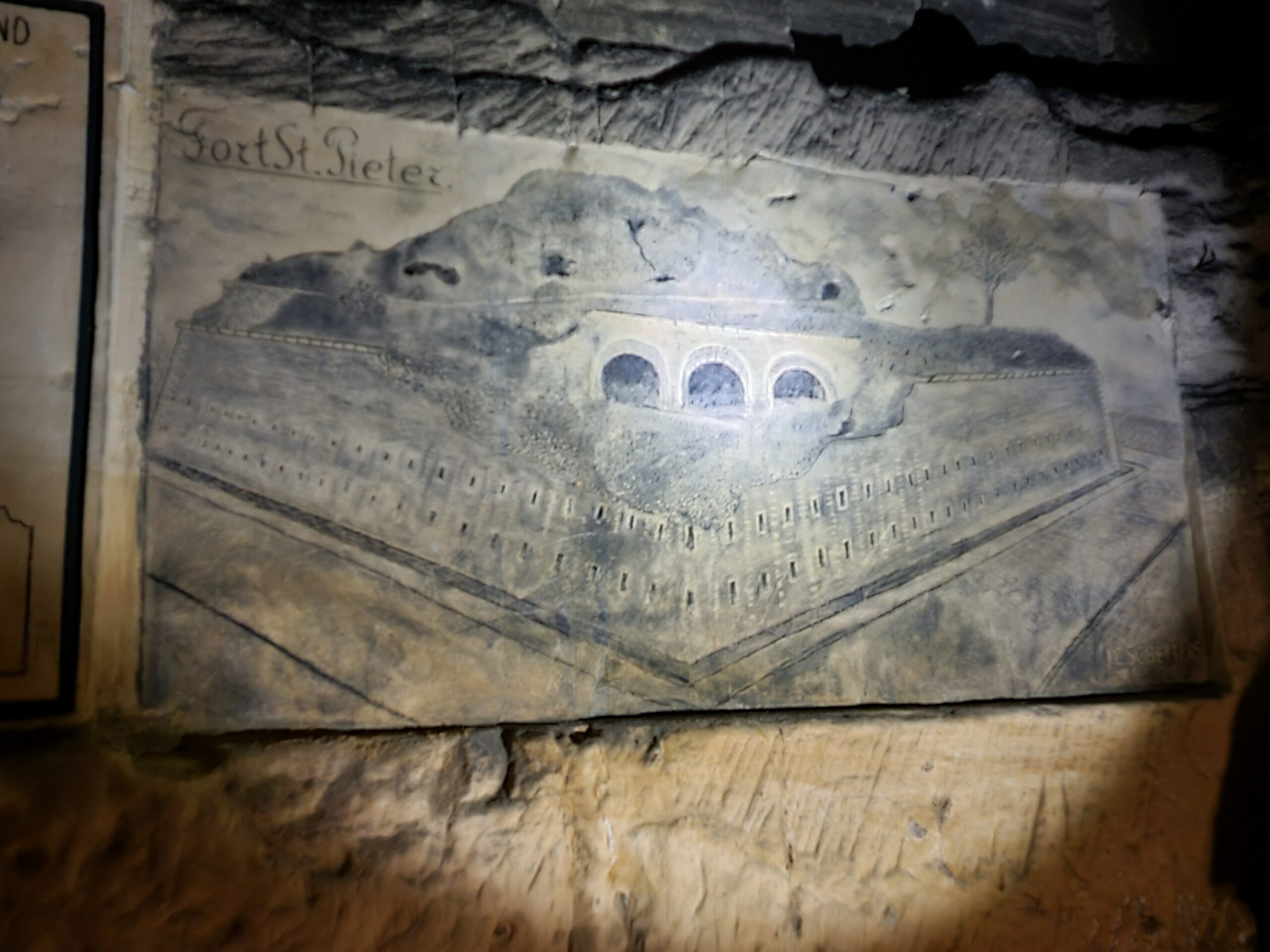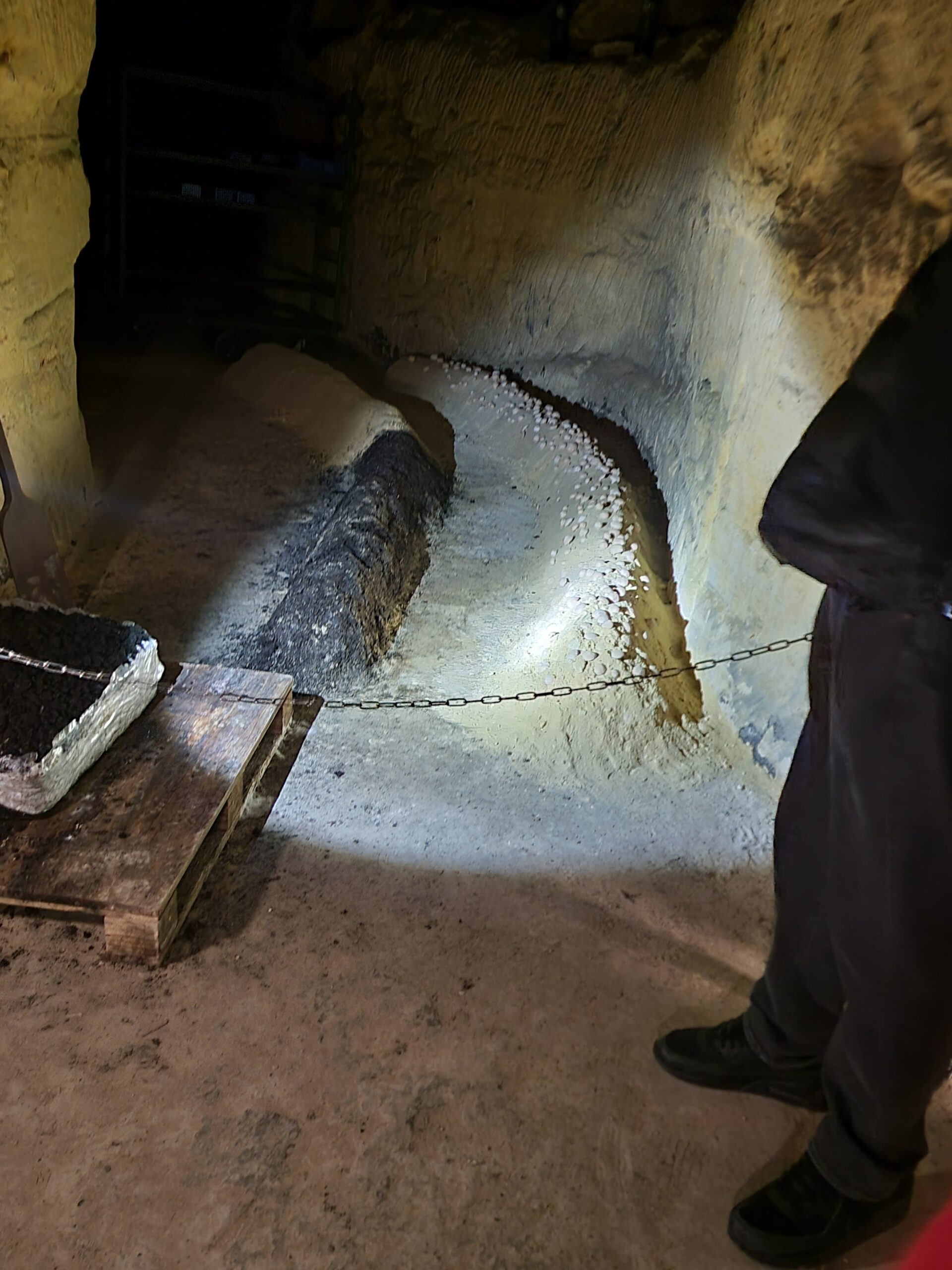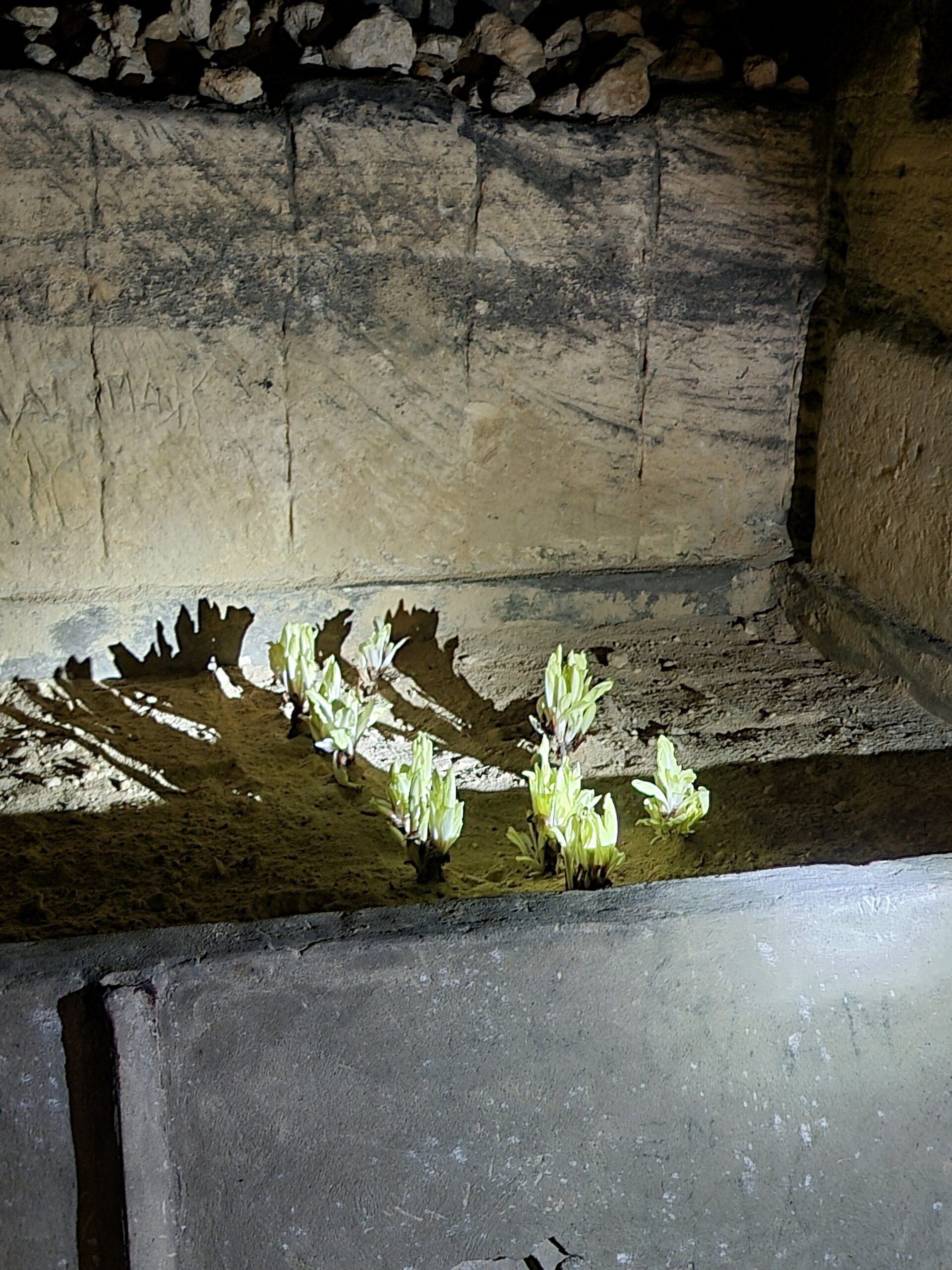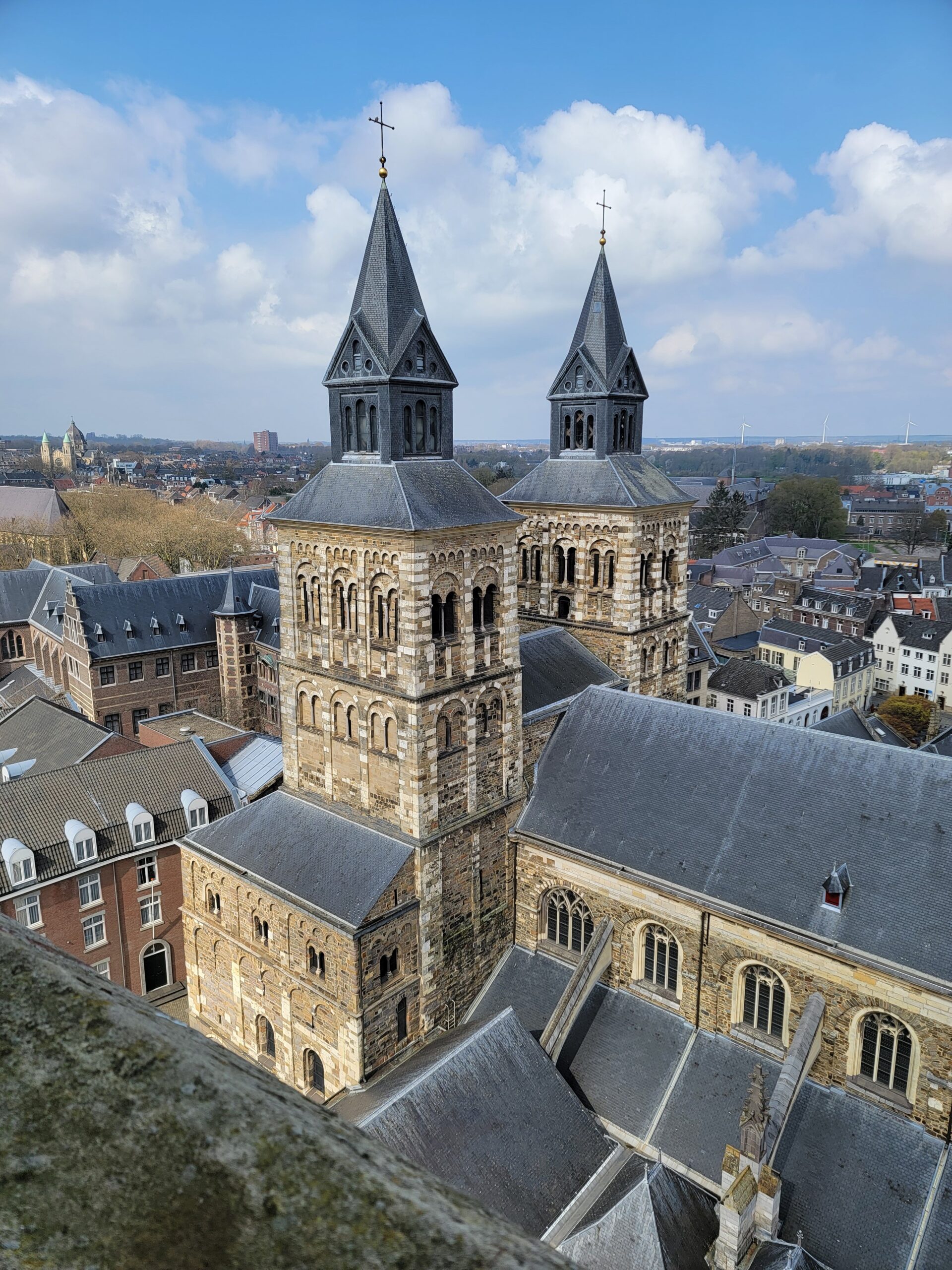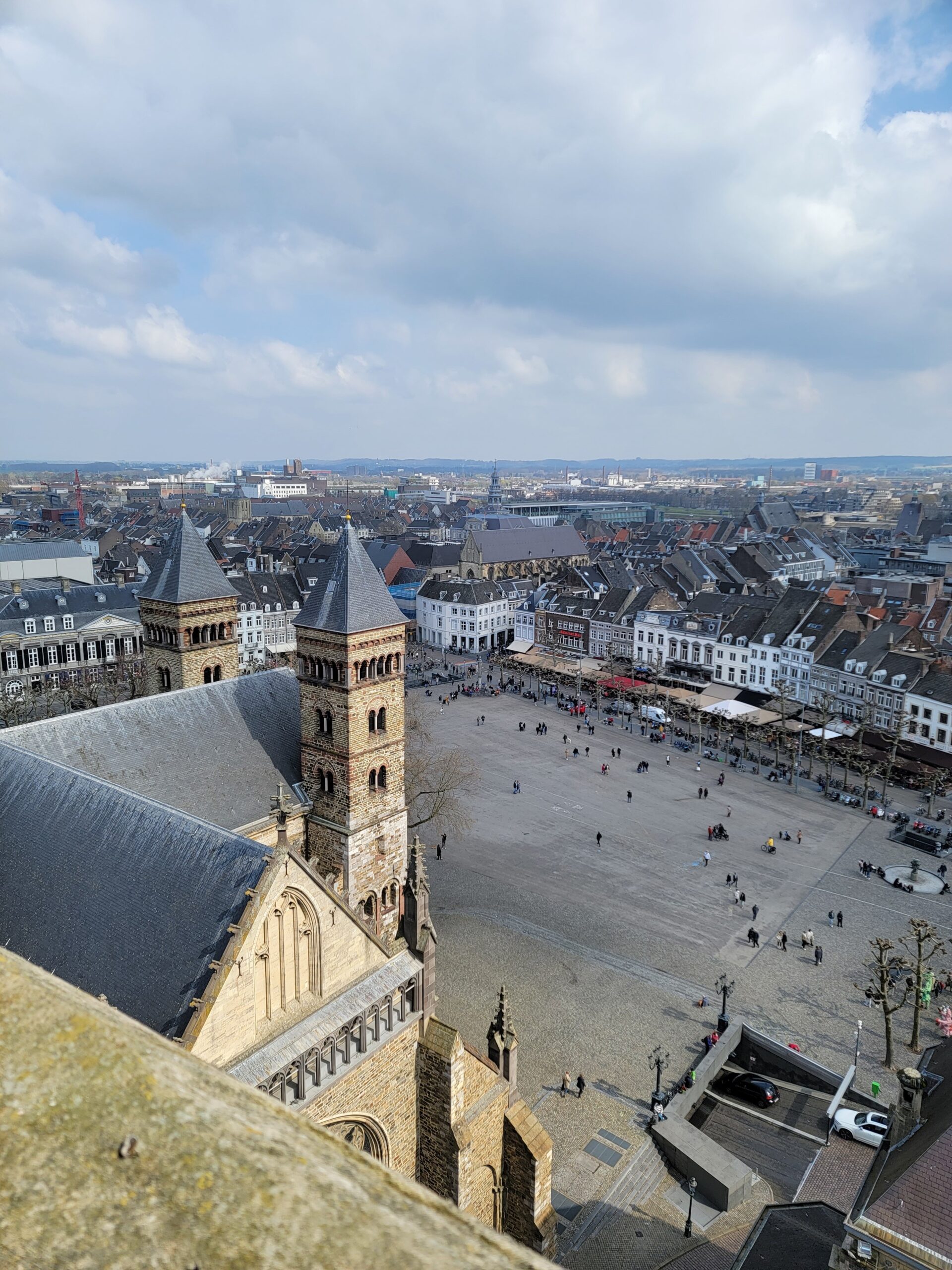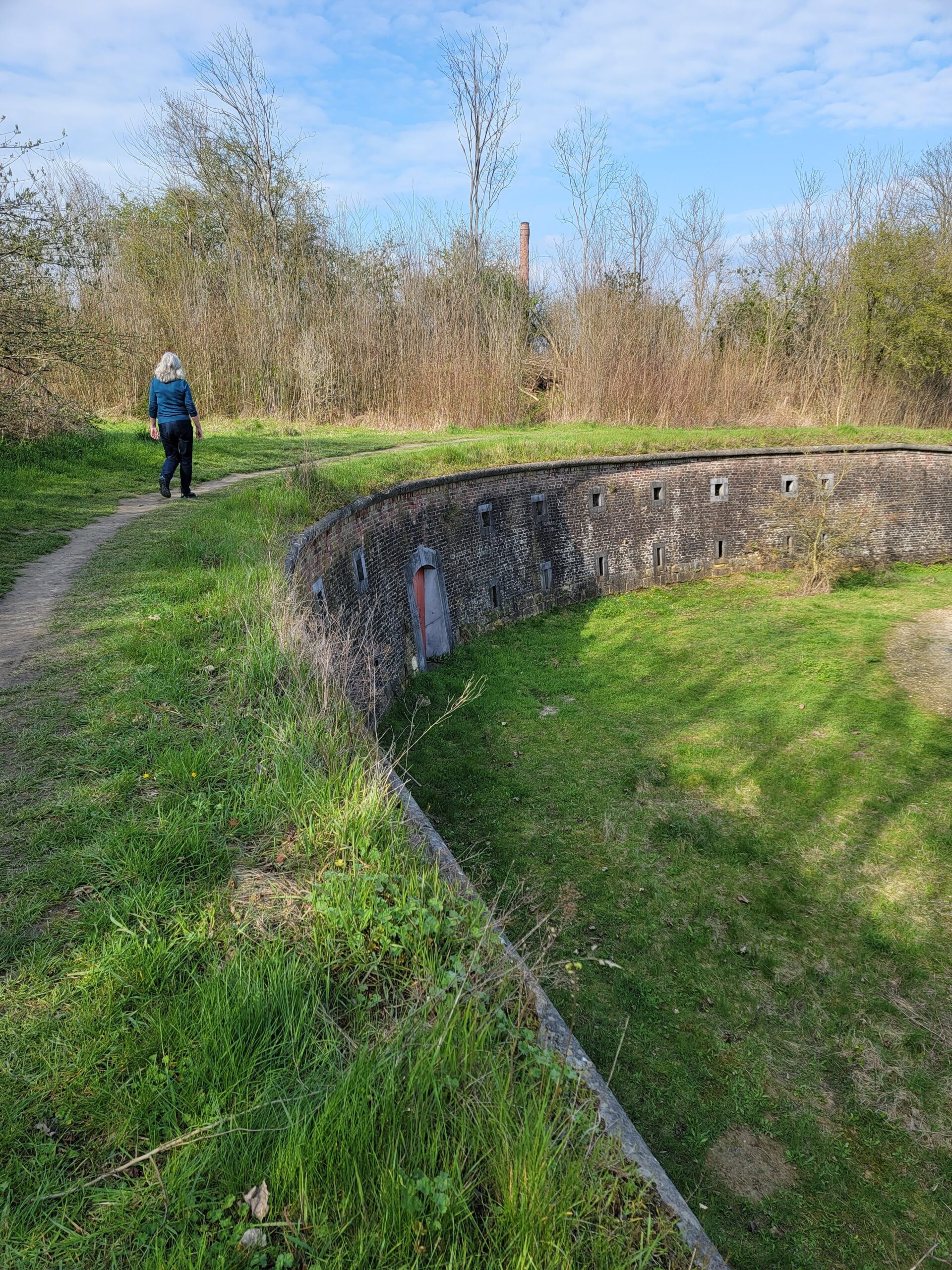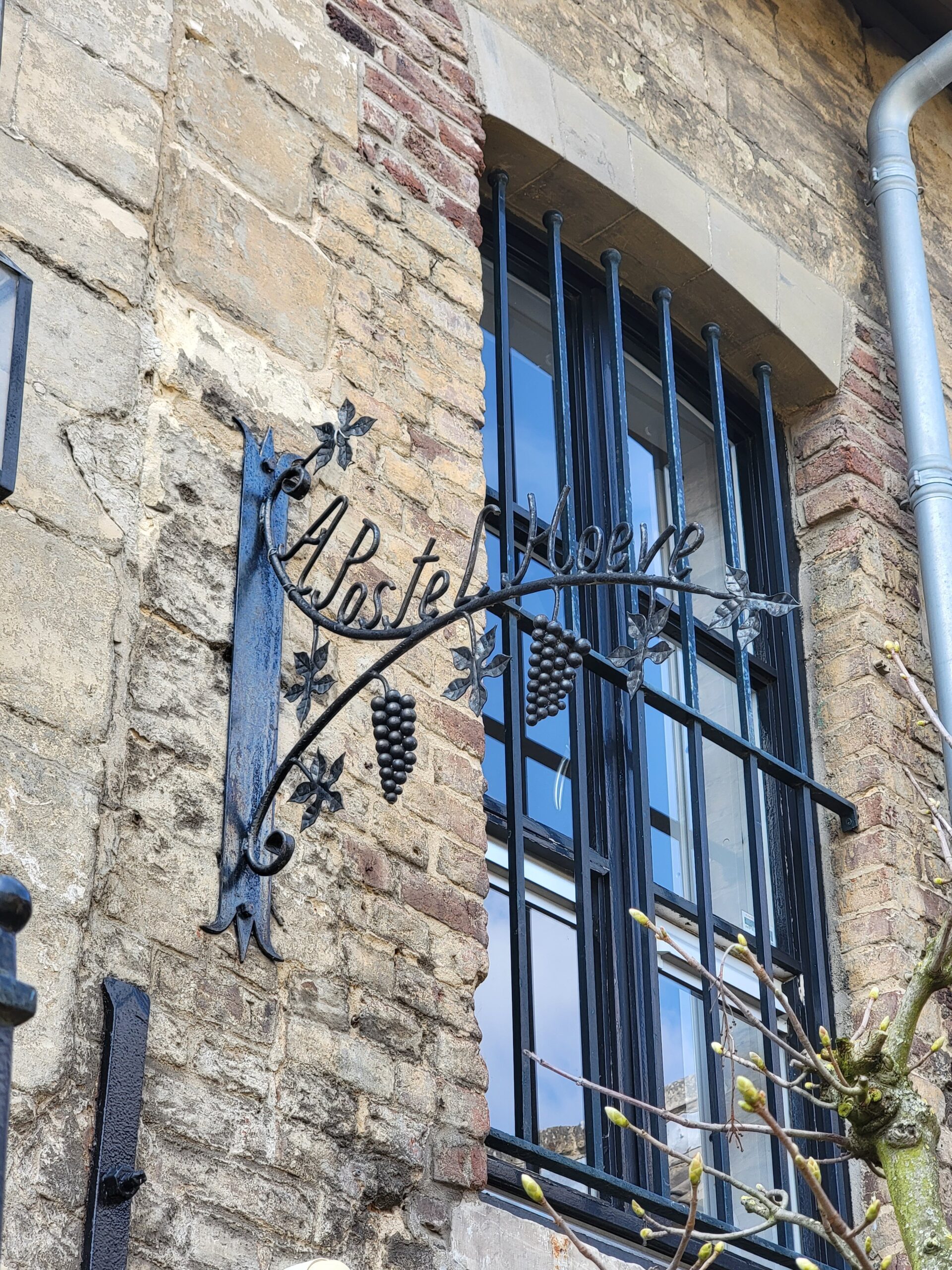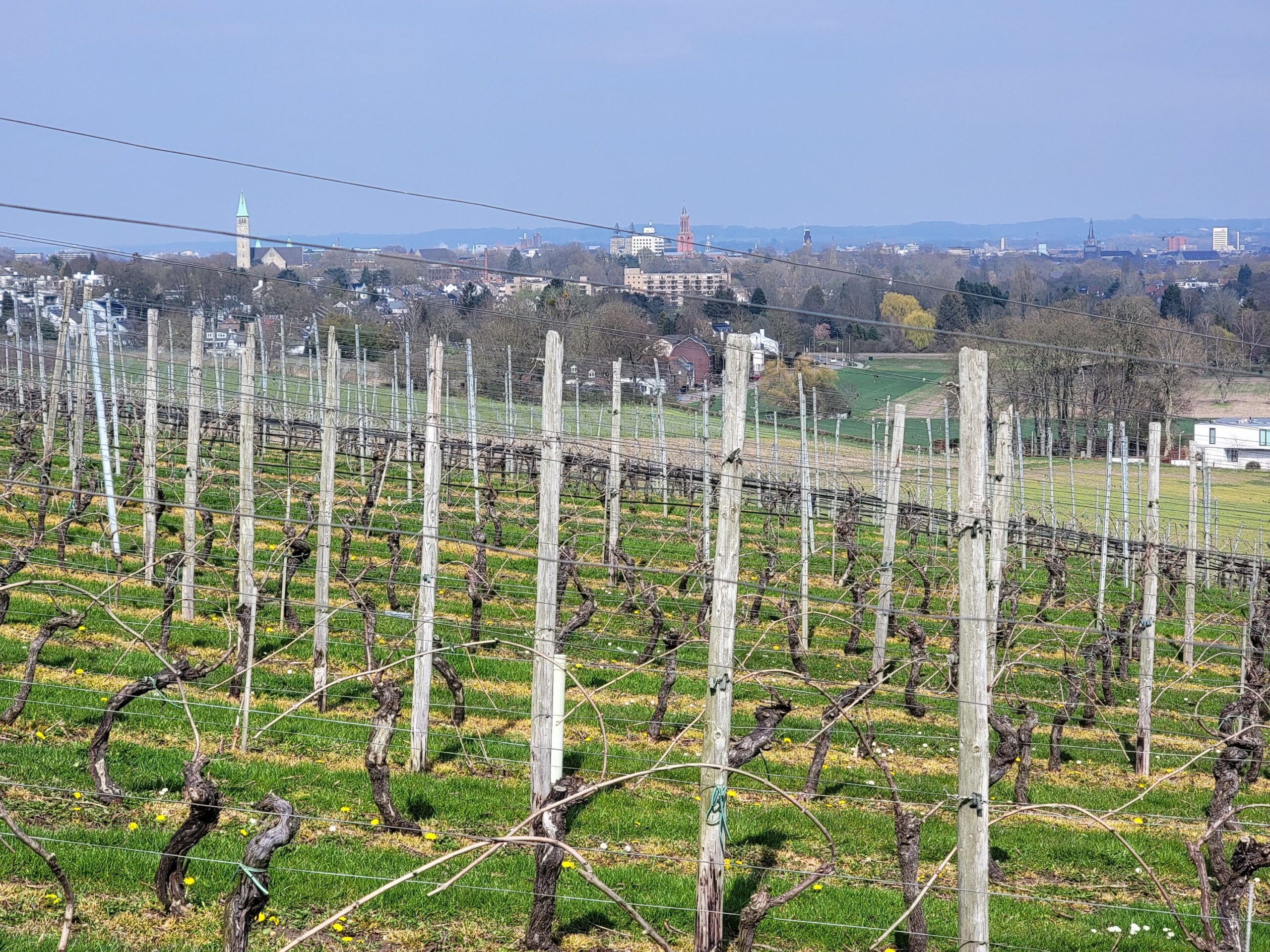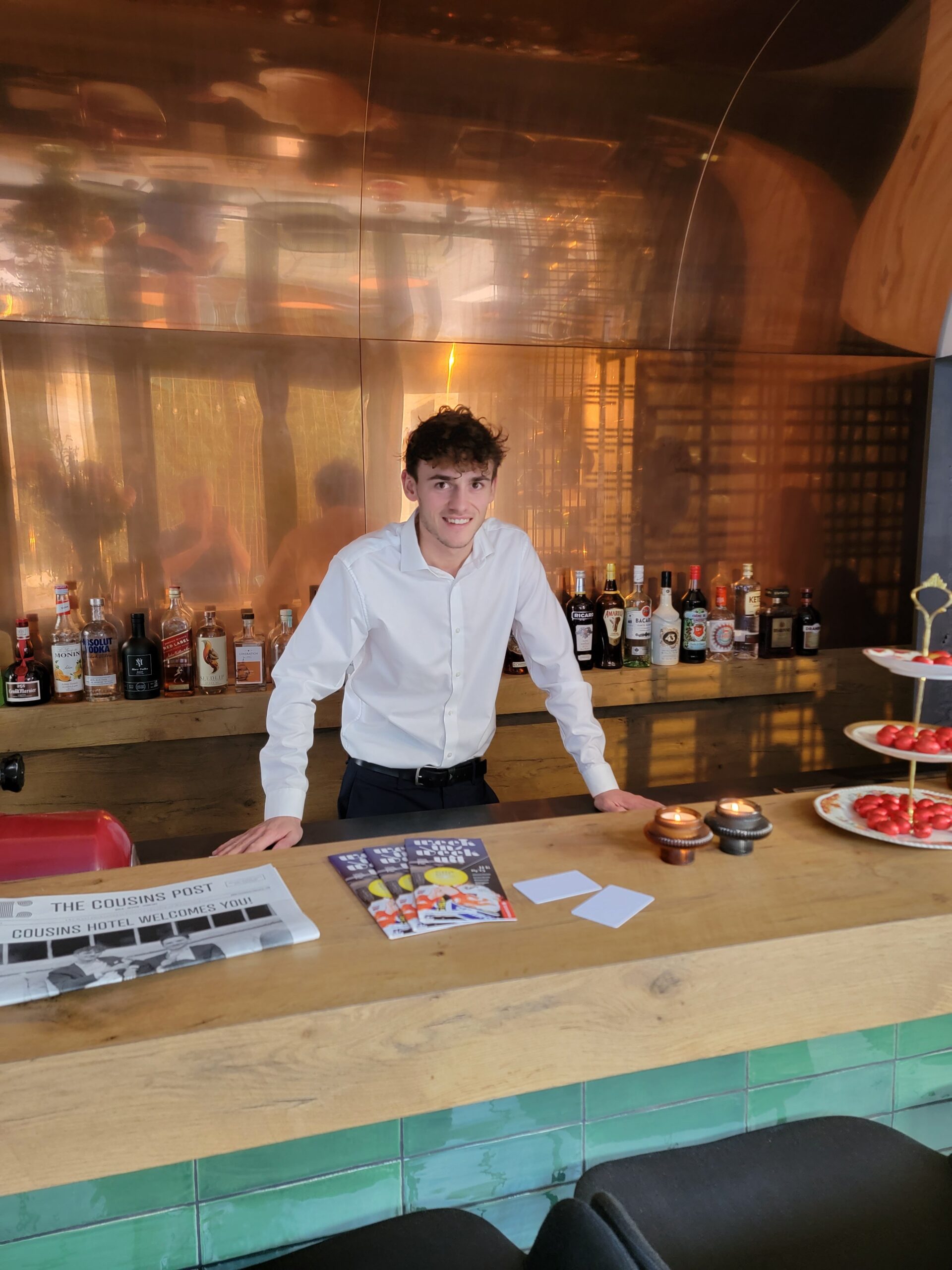While in Maastricht we rented a car for the rest of the trip and made some day trips to nearby points of interest. First we ventured into nearby Aachen, Germany, to visit one of the oldest cathedrals in Europe, the Cathedral of Aachen. This Roman Catholic church was one of the first 12 locations to be designated a UNESCO World Heritage site in 1978.
The Cathedral has quite the history. Emperor Charlemagne began construction around 796, and it was completed around 805. Charlemagne is known as the Father of Europe, having united most of Western Europe for the first time in 300 years. He was crowned Emperor of the Romans by Pope Leo III in 800. Charlemagne was buried in the Cathedral in 814. Below is a scale model of the Cathedral.
It was damaged heavily by Vikings in 881…bloody Vikings (Monty Python reference for you geeks out there)! I’m not sure if these ceilings are original, but they are incredible!
This has got to be the most beautiful church we’ve seen, and we’ve seen a lot of them!
This octagon is the oldest part of the cathedral, constructed for Charlamagne as the chapel of the Palace of Aachen, before it became a cathedral.
This incredible blue/white marble is everywhere. The photo doesn’t do it justice.
This is as close as you can get to the altar. Incredible stained glass windows.
The cathedral lectern has a bat on it. Was this the impetus for Bob Kane’s Batman?? Inquiring minds…
The church was heavily damaged by Allied bombing during WWII. Most of the treasures inside survived as they were moved to safe locations. Below is the Marienschrein, created in 1238. It’s supposed to contain the cloak of the Blessed Virgin, the swaddling-clothes of baby Jesus, the loin-cloth worn by Christ on the cross, and the cloth on which lay the head of St. John the Baptist after his beheading. That’s quite the treasure trove, particularly when all of those items had to be safely stored somewhere else for about 1200 years! Sorry, do I sound suspect?
This is the Karlsschrein, which holds the remains of Charlemagne. Fancy fancy! I’ll be happy to get a shoebox!
In the front entrance of the Cathedral are two bronze sculptures, a bear and a pine cone. The bear was made in the 10th century. That’s an old damn bear! You can see where everybody has touched it.
The age of the pine cone is controversial, with various estimates from the 3rd century to the 10th. That’s quite the range! Carbon dating anyone? It would have been nice is they had told us why the bear and the pine cone were important items at the time.
One last look at the western entrance of the Cathedral.
Not too far away from the Cathedral is a recently excavated area that exposed various Roman artifacts. These Roman excavations are pretty much a common occurrence across Europe. Very cool though, and I’m glad they are preserving these areas!
We then drove about 15 minutes to a spot outside Vaals, Netherlands, where we went up the Wilhemina Tower overlooking the area.
It has an excellent view of Vaals below.
About a mile from the tower is the Vaalserberg Tripoint, the spot where the Netherlands, Germany and Belgium all meet.
I mentioned the Netherlands are flat. This is the highest point throughout the country, at a height of 1,058 feet. We had to try another selfie.
Next up, we visit Hoensbroek Castle and the ruins of Valkenburg Castle.
